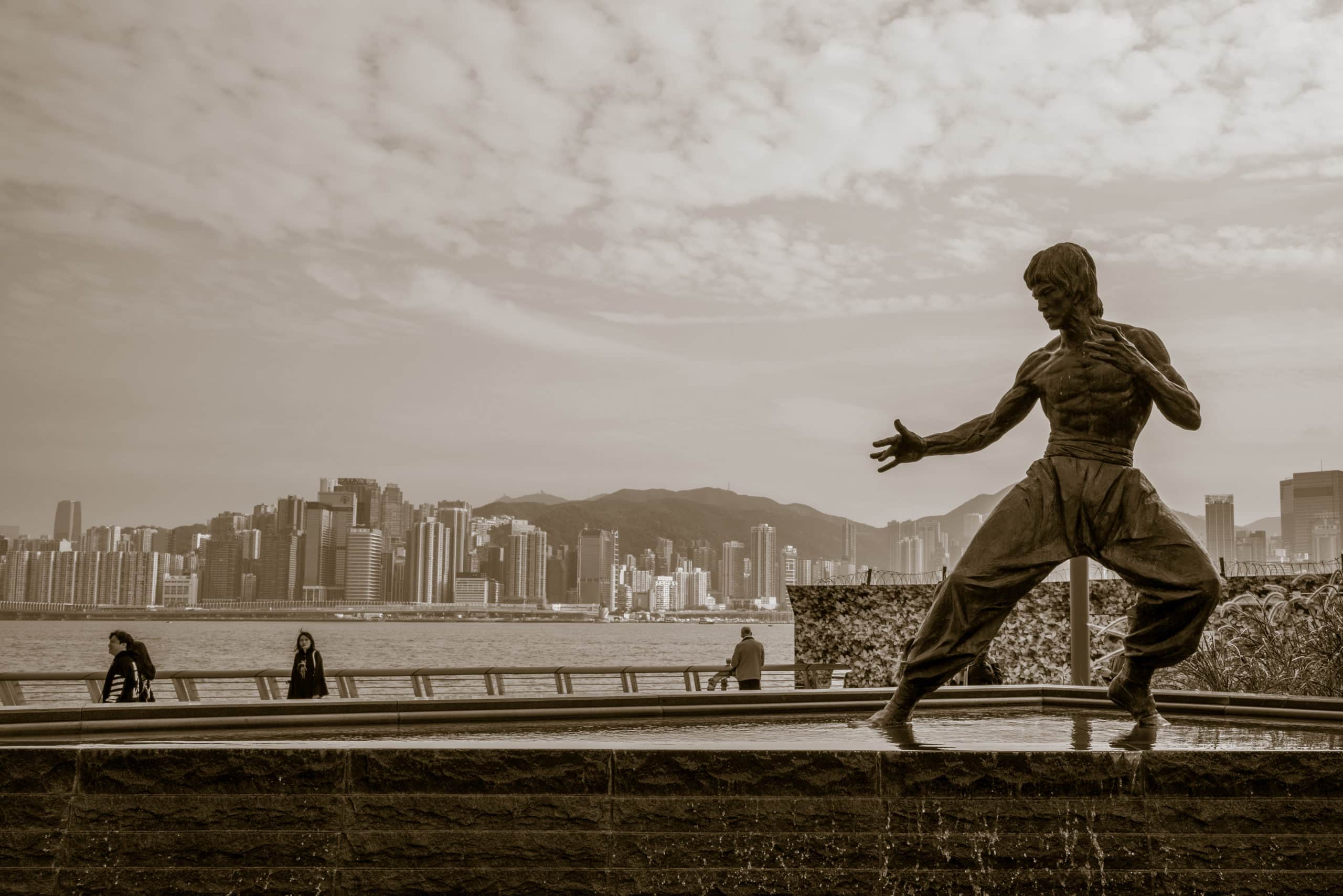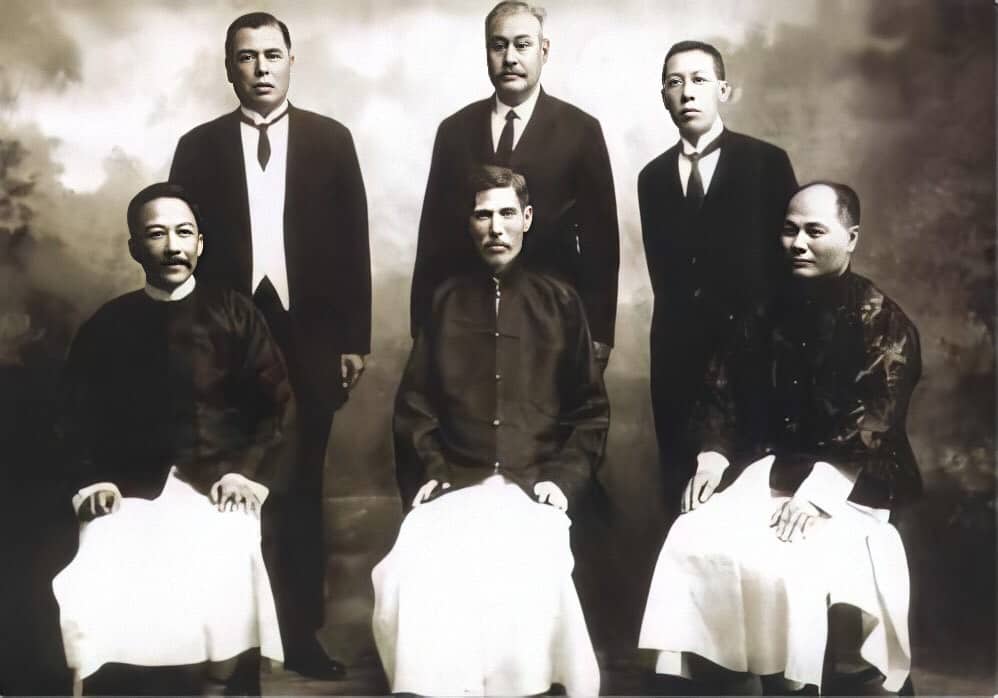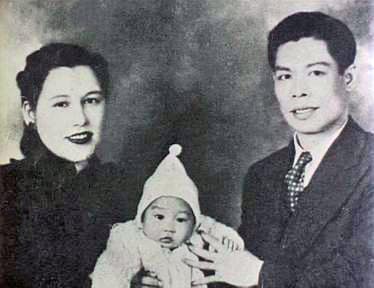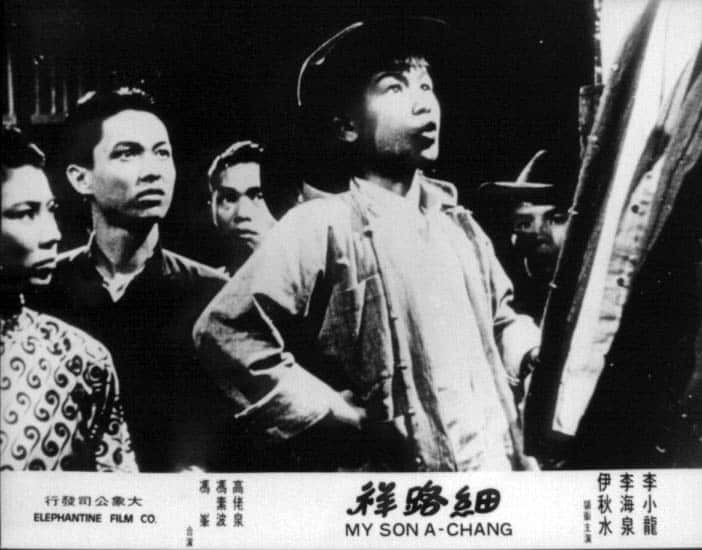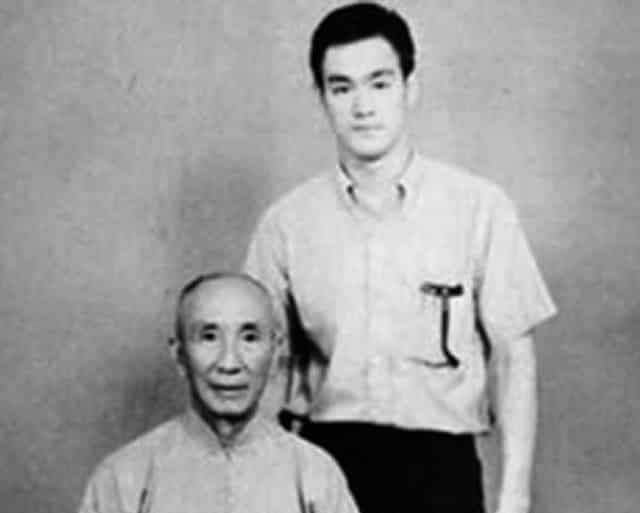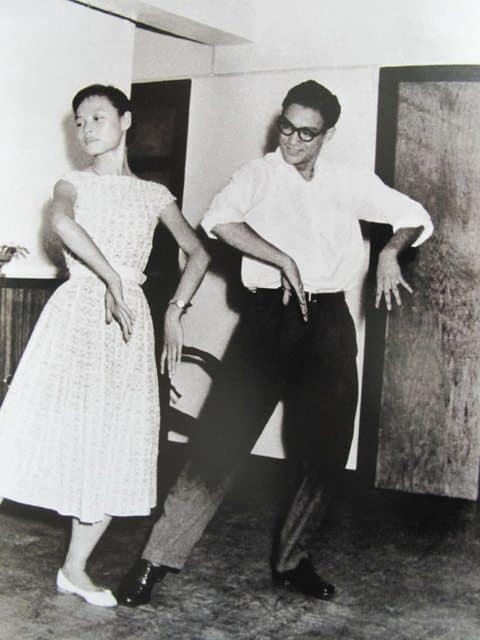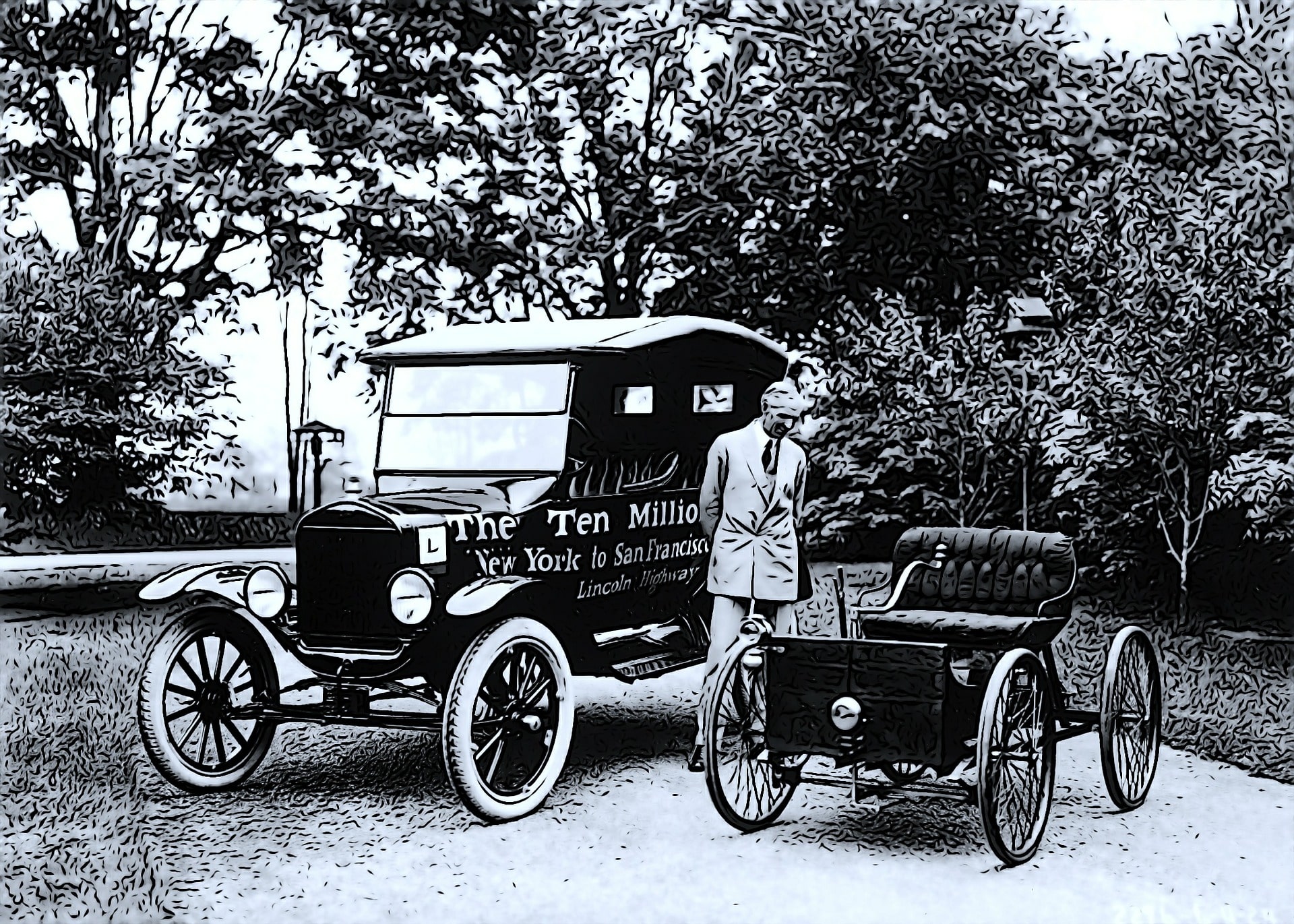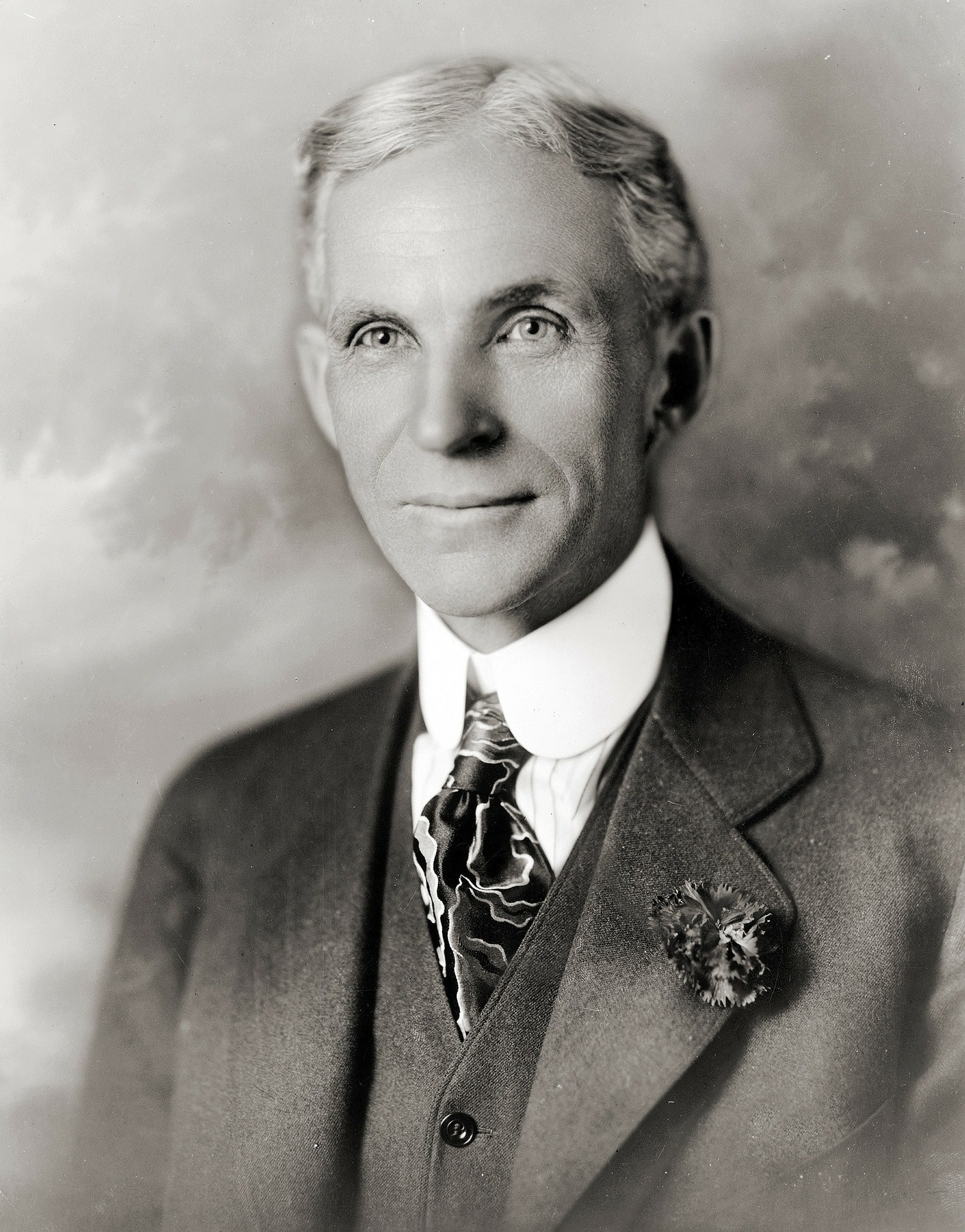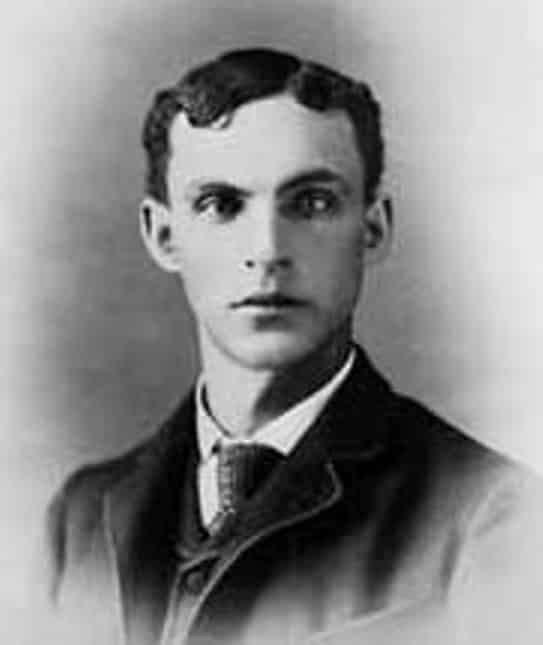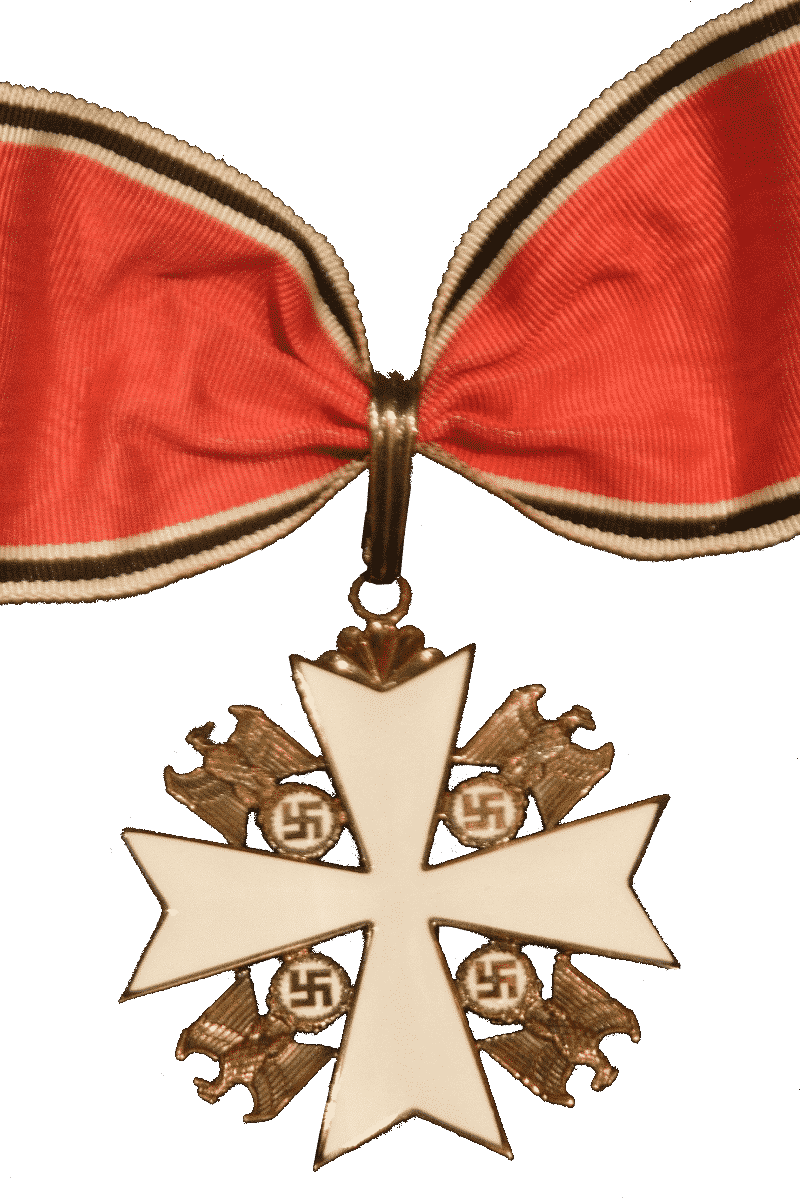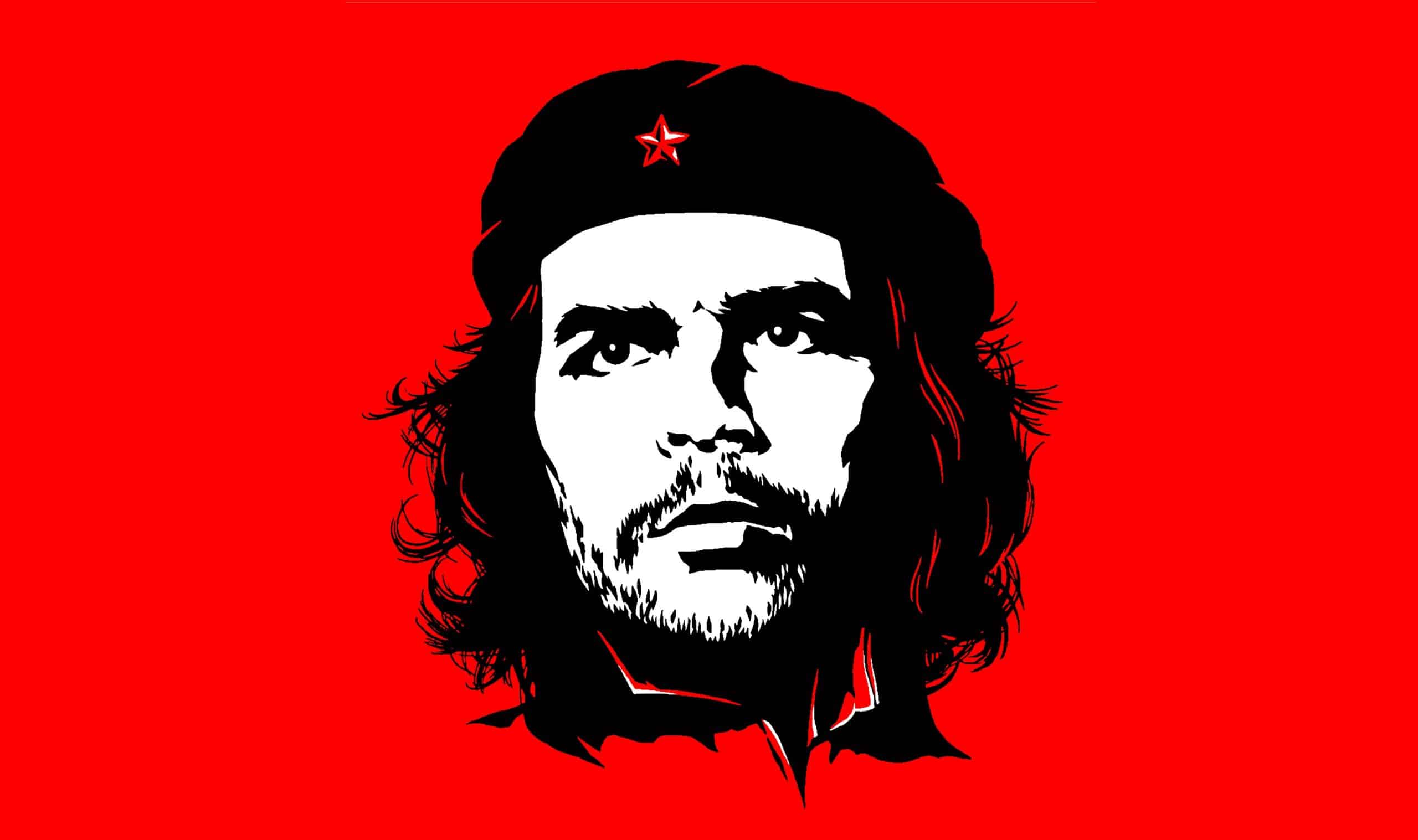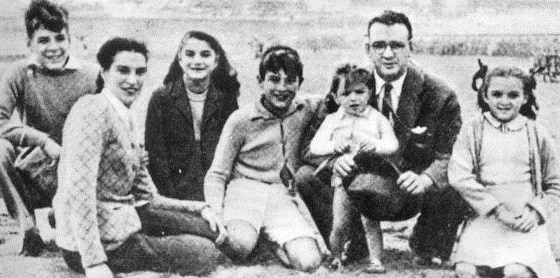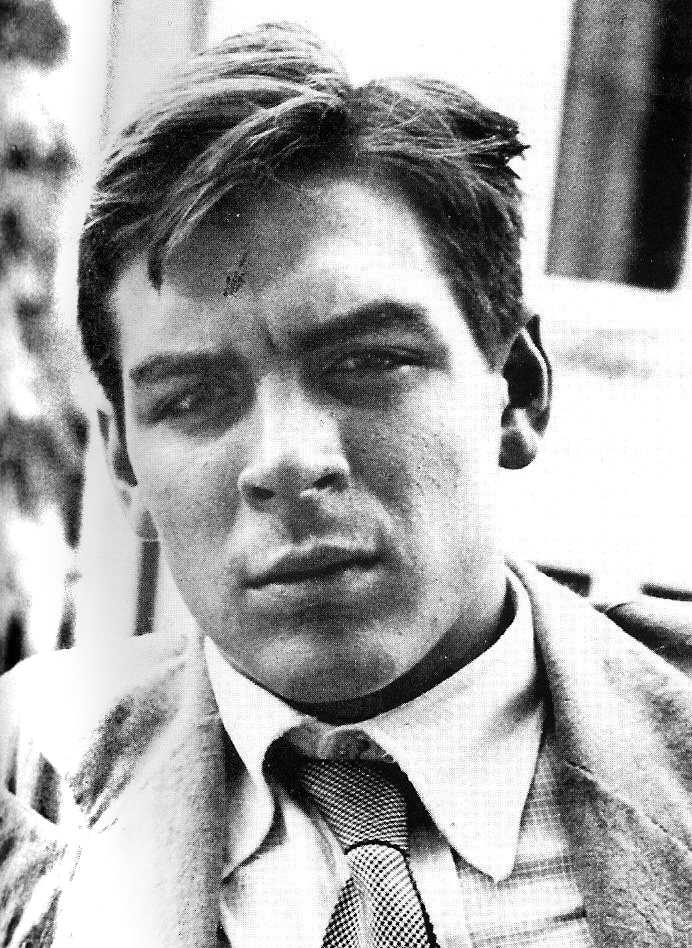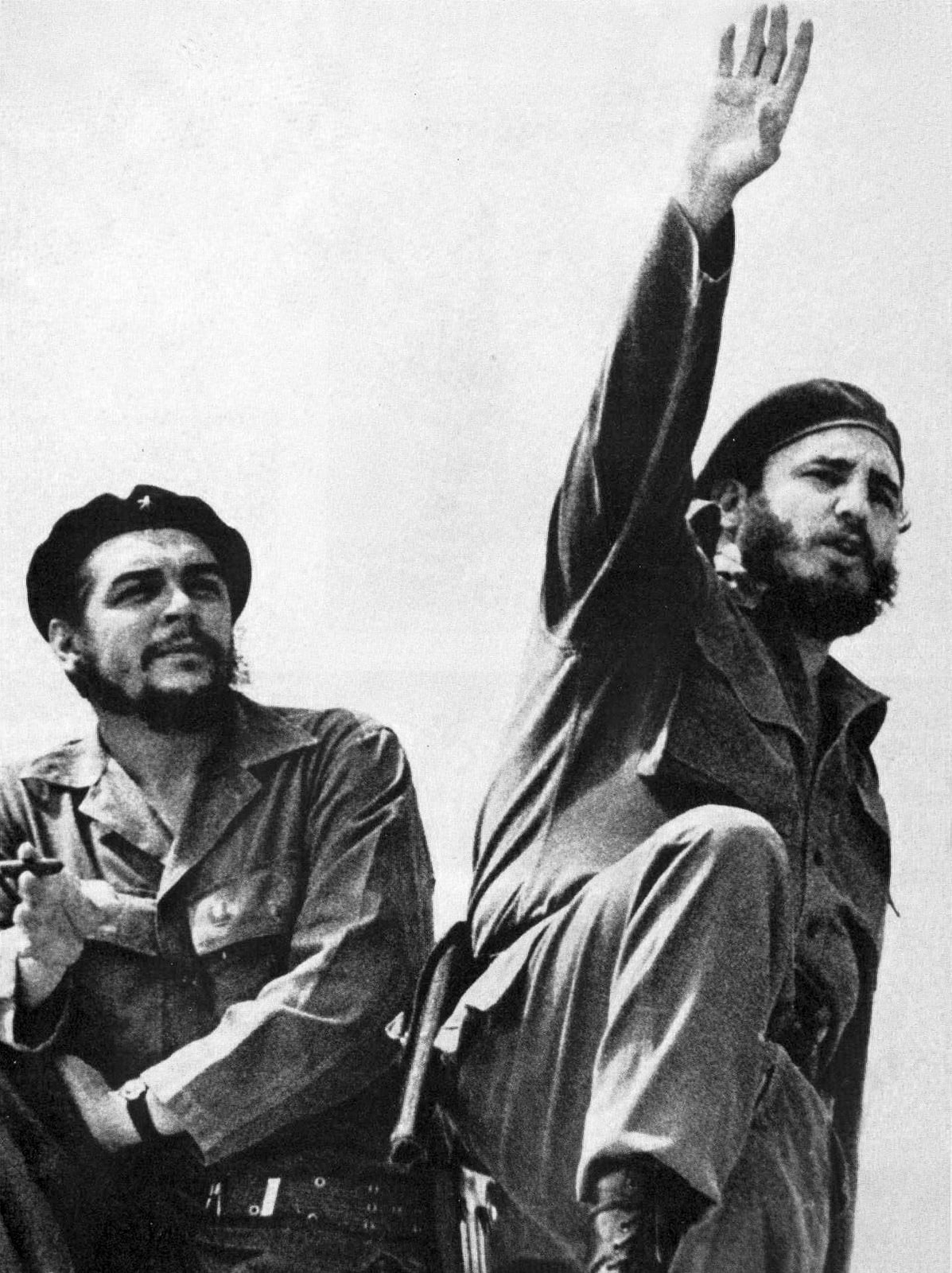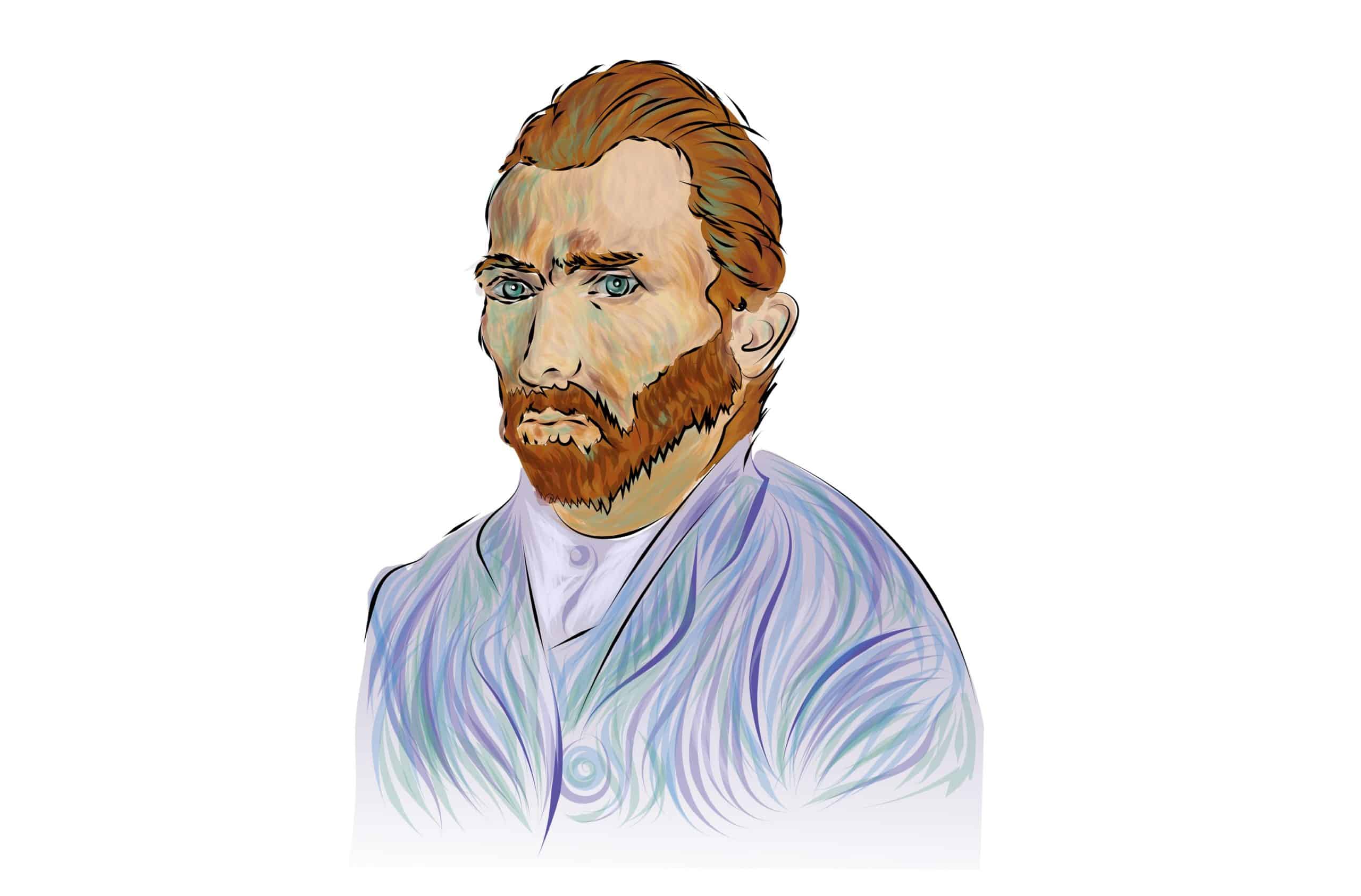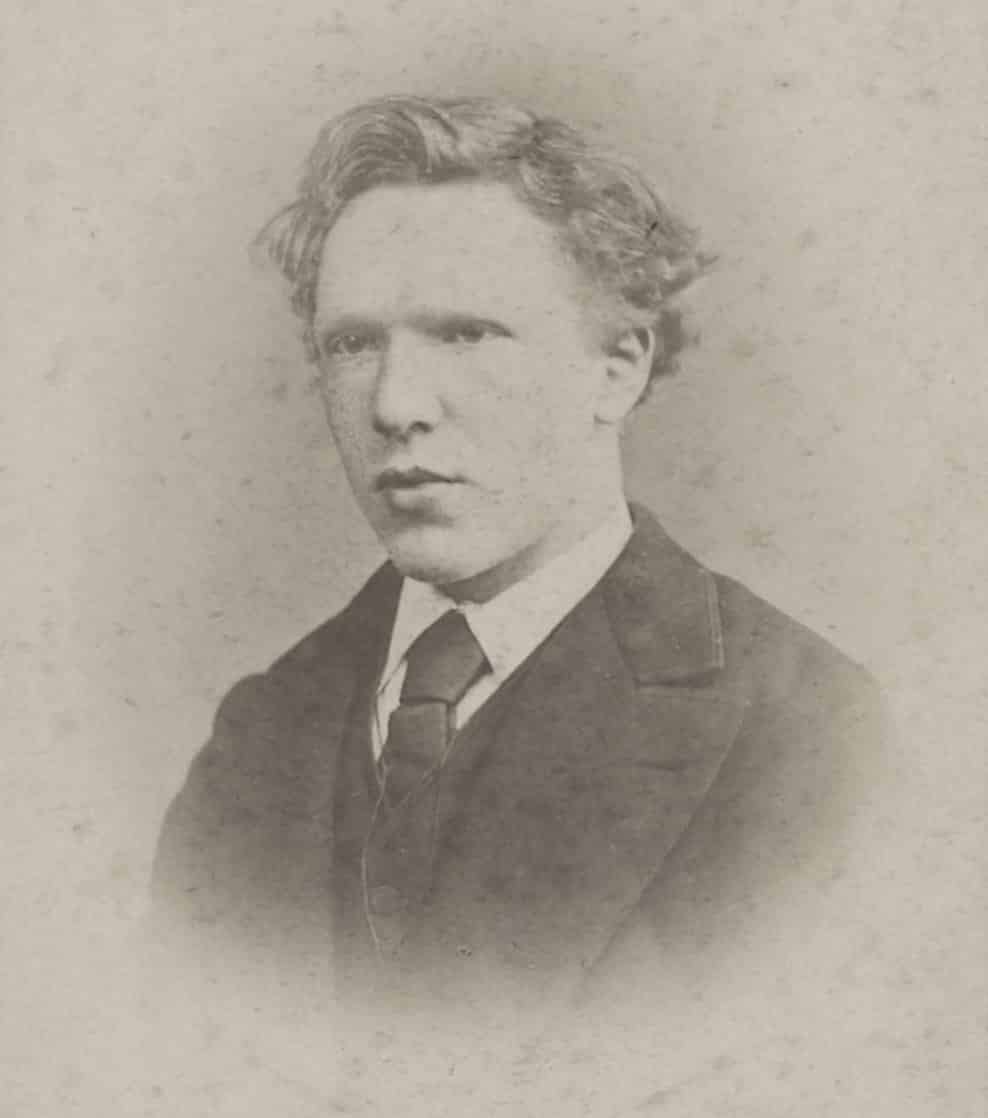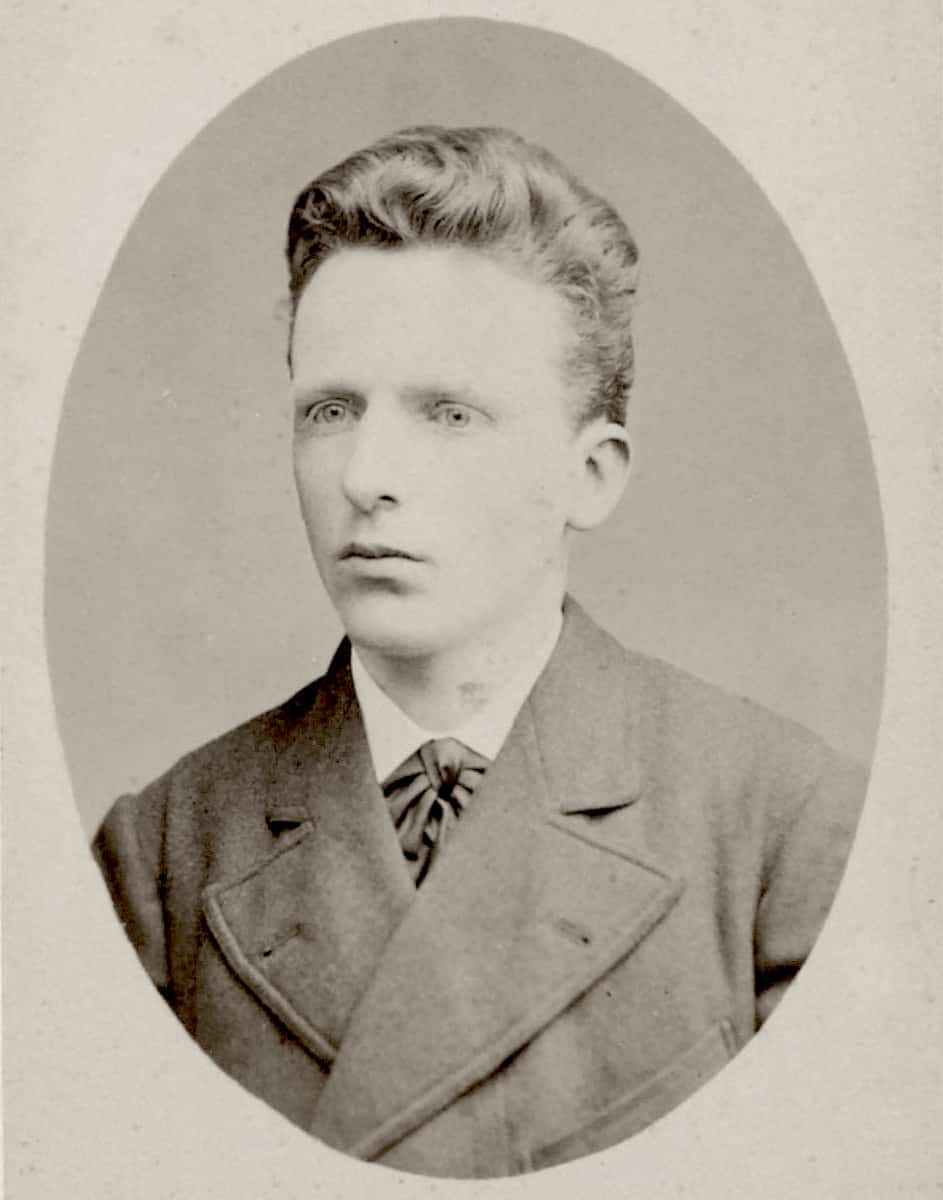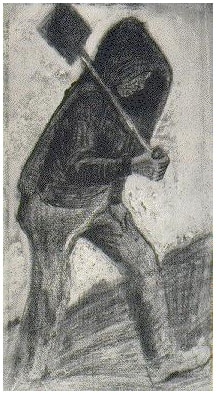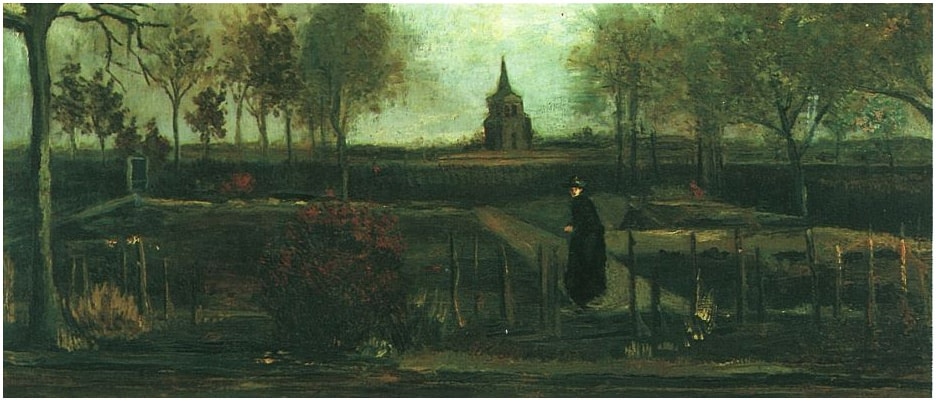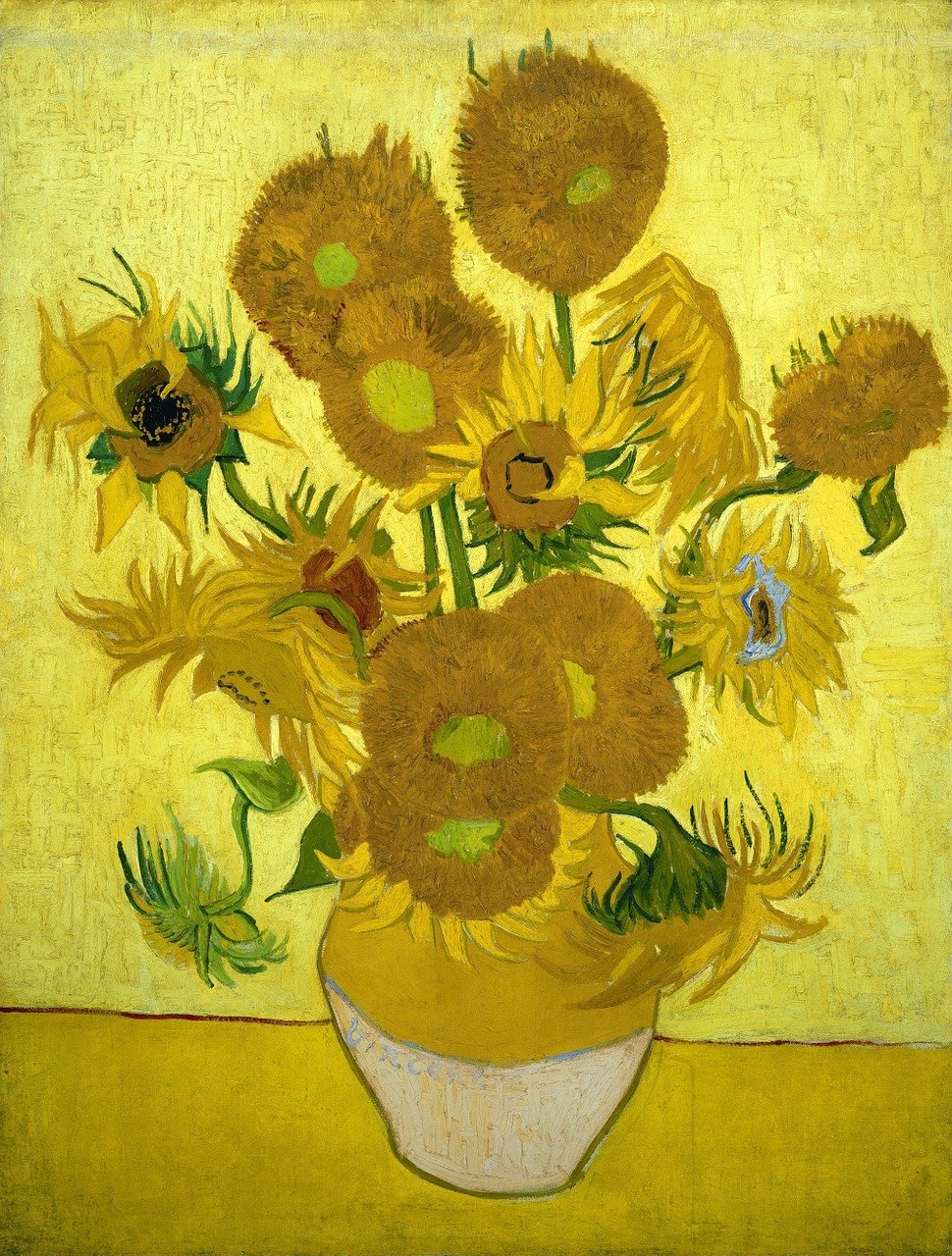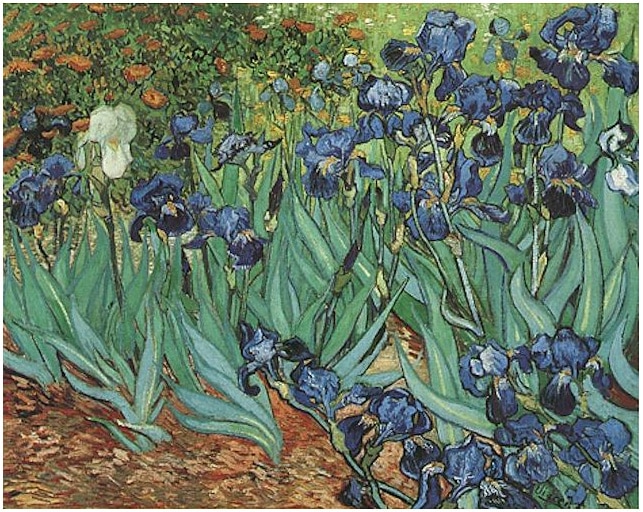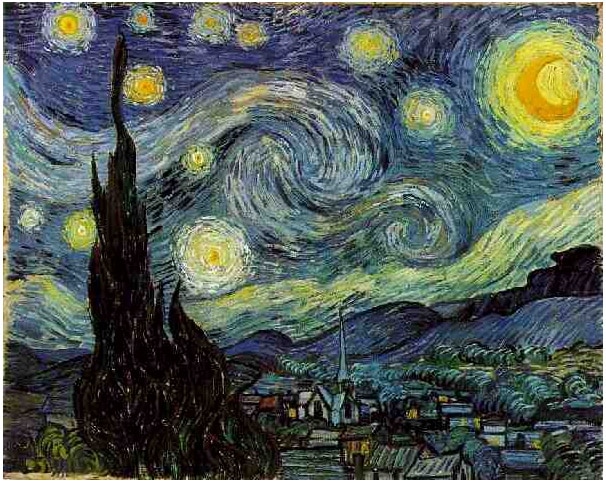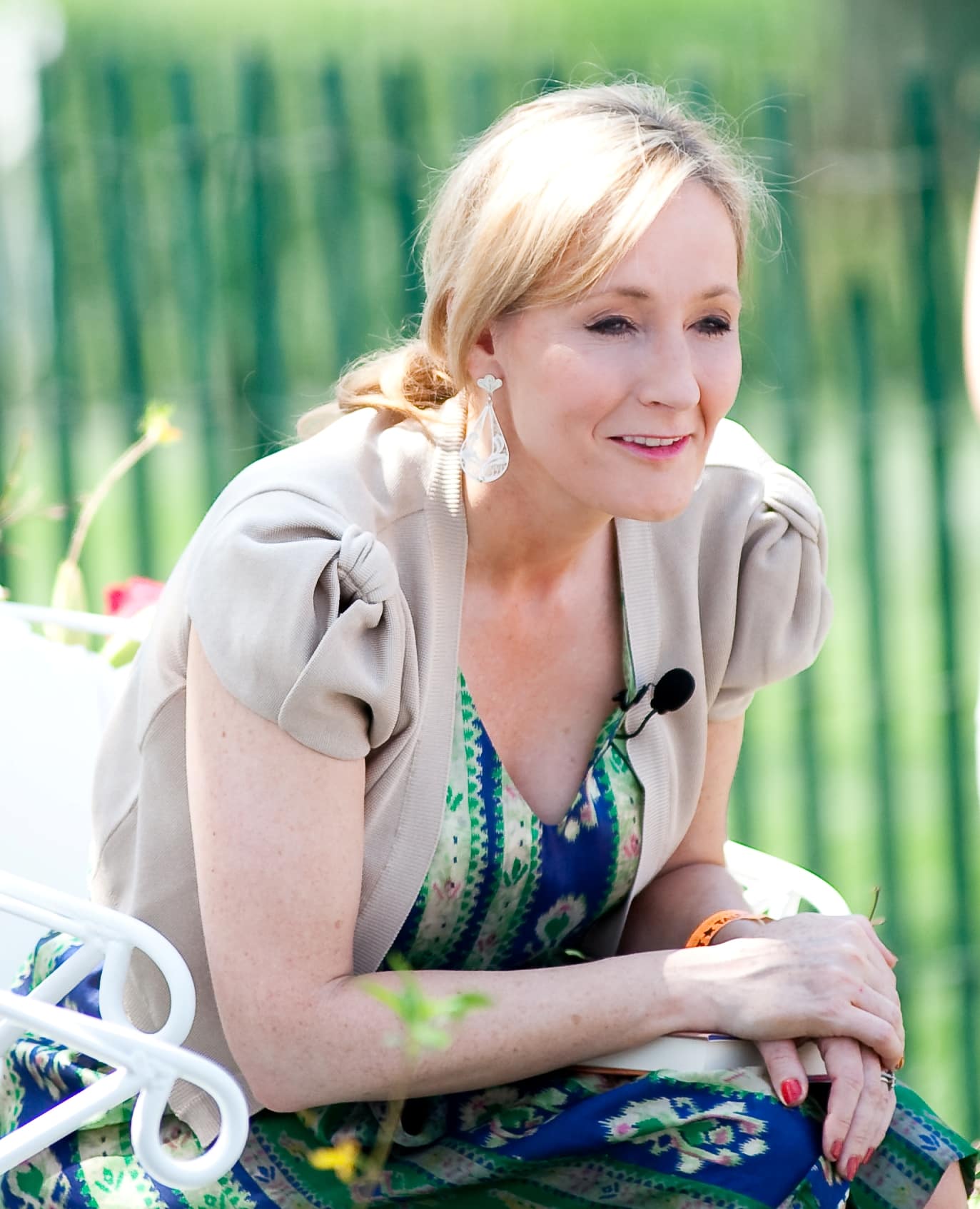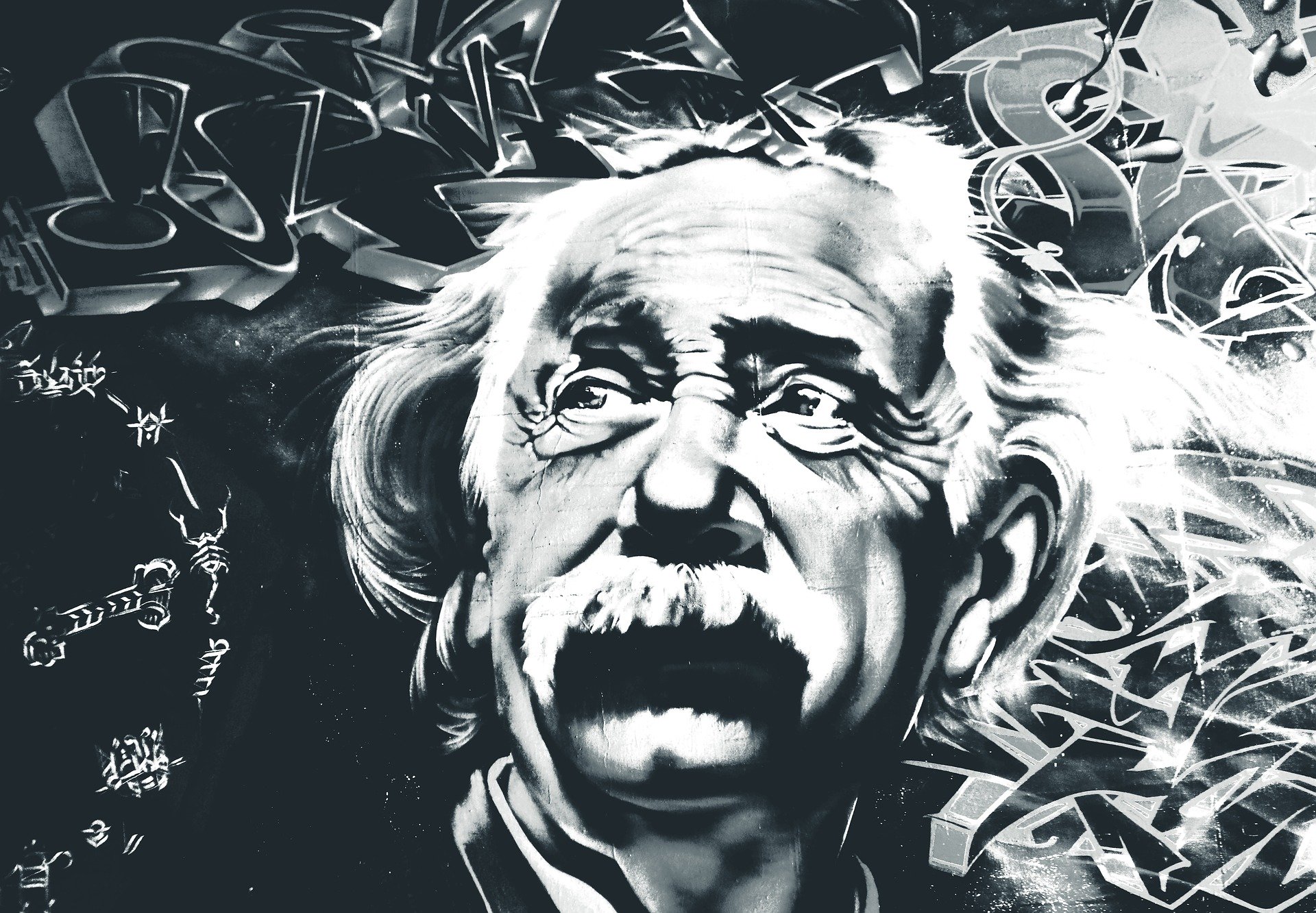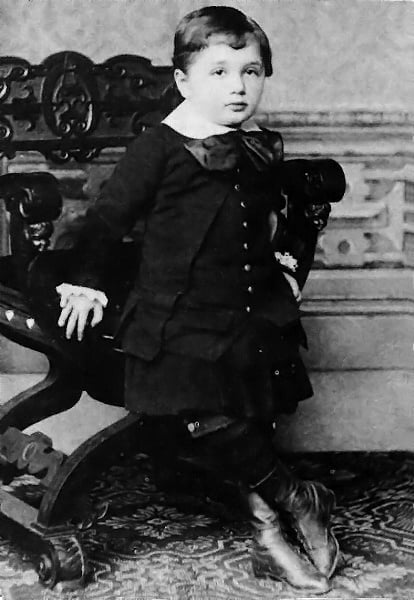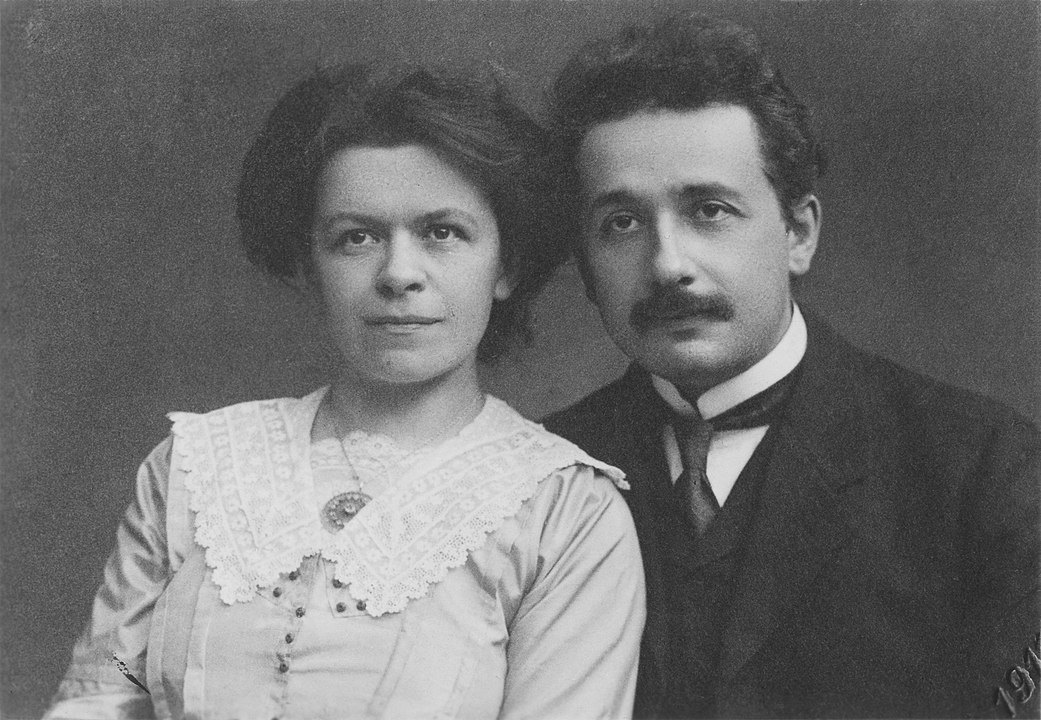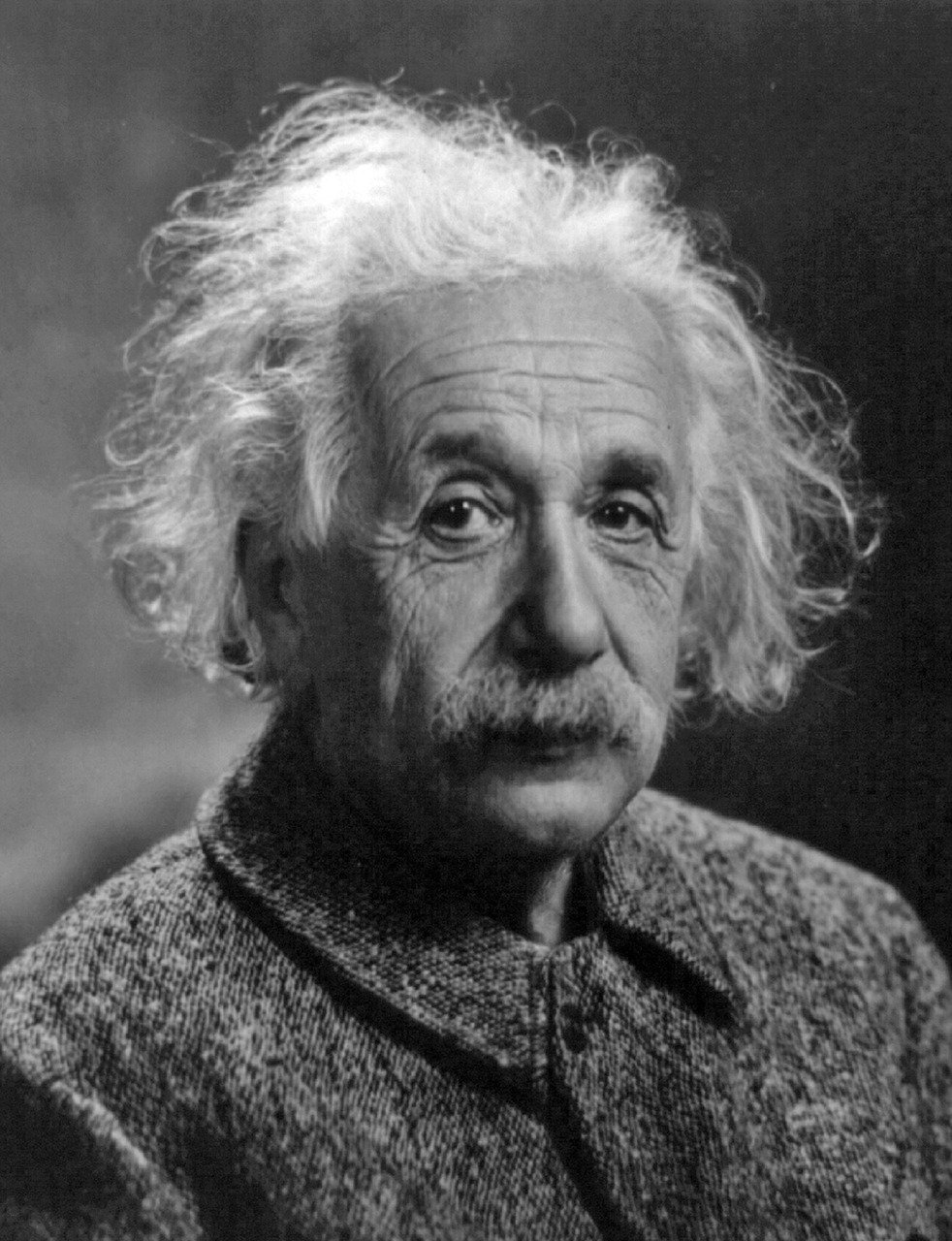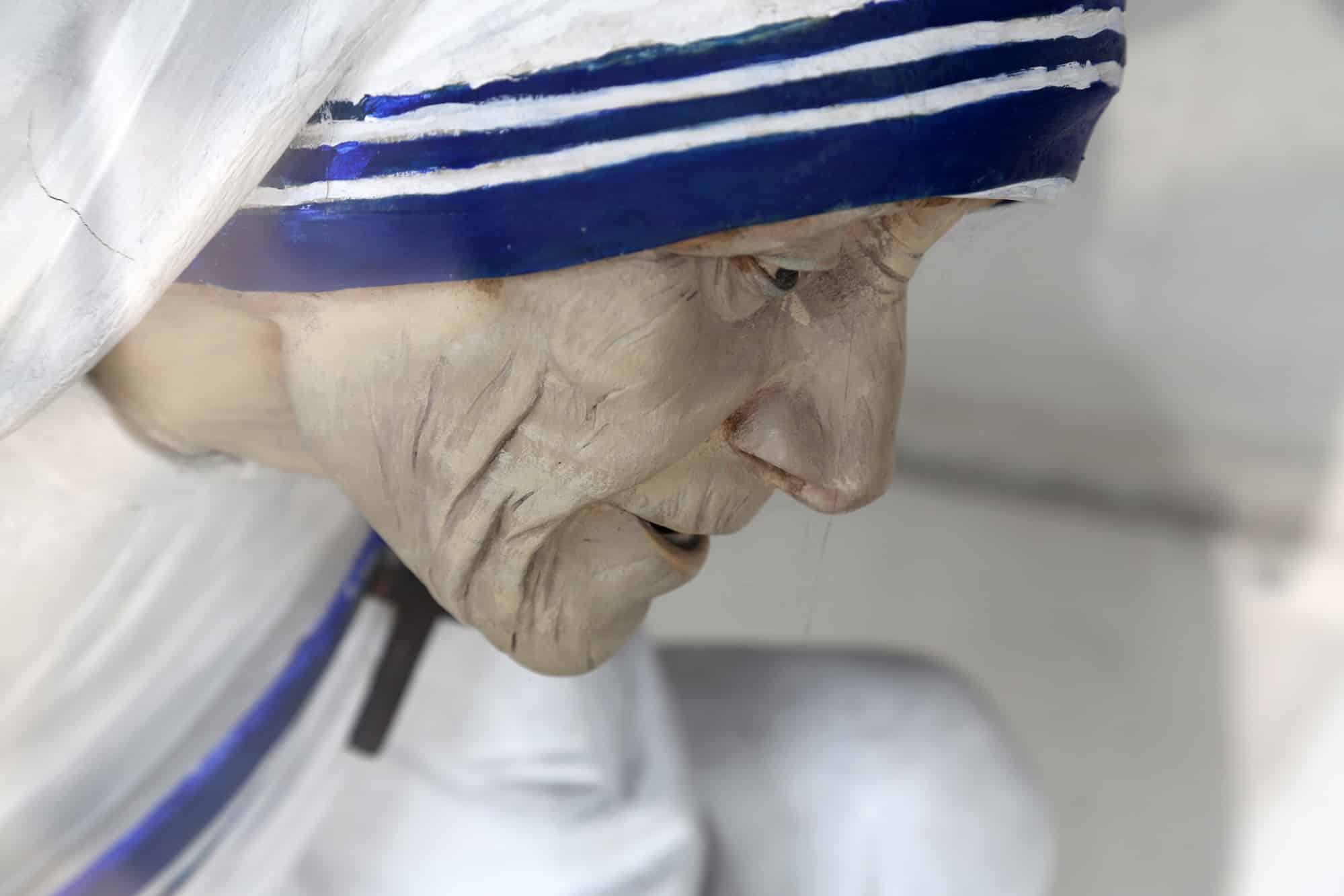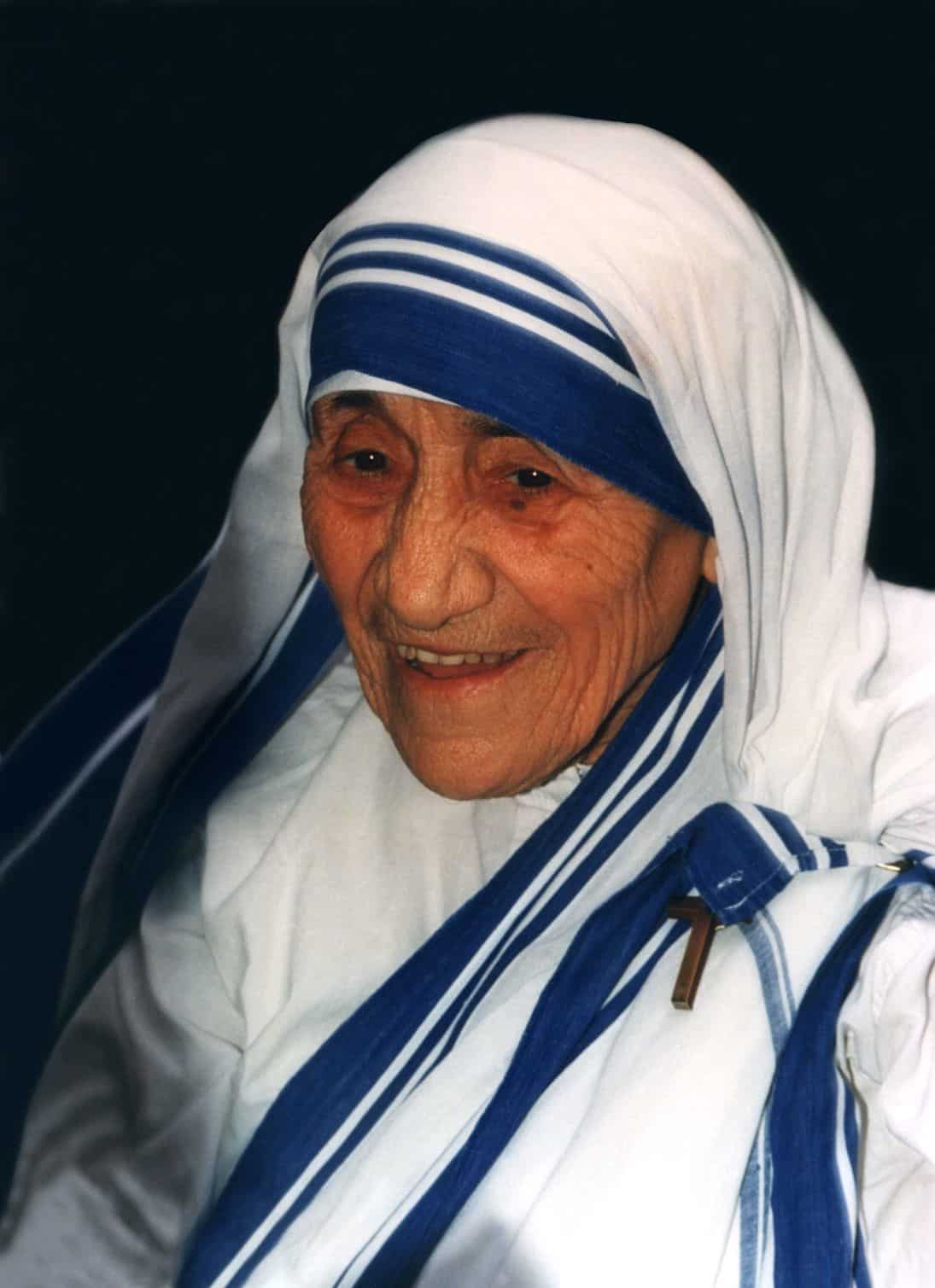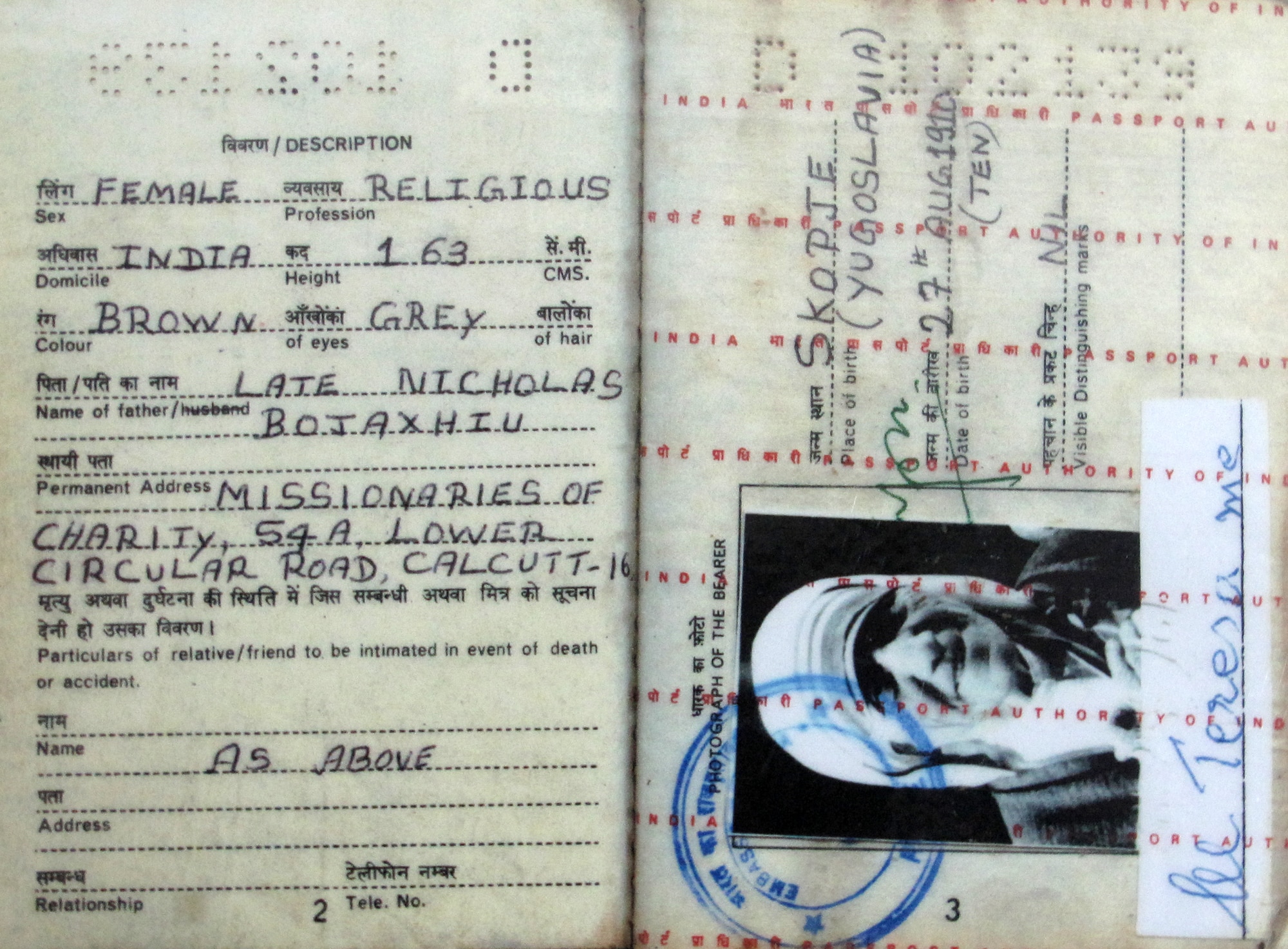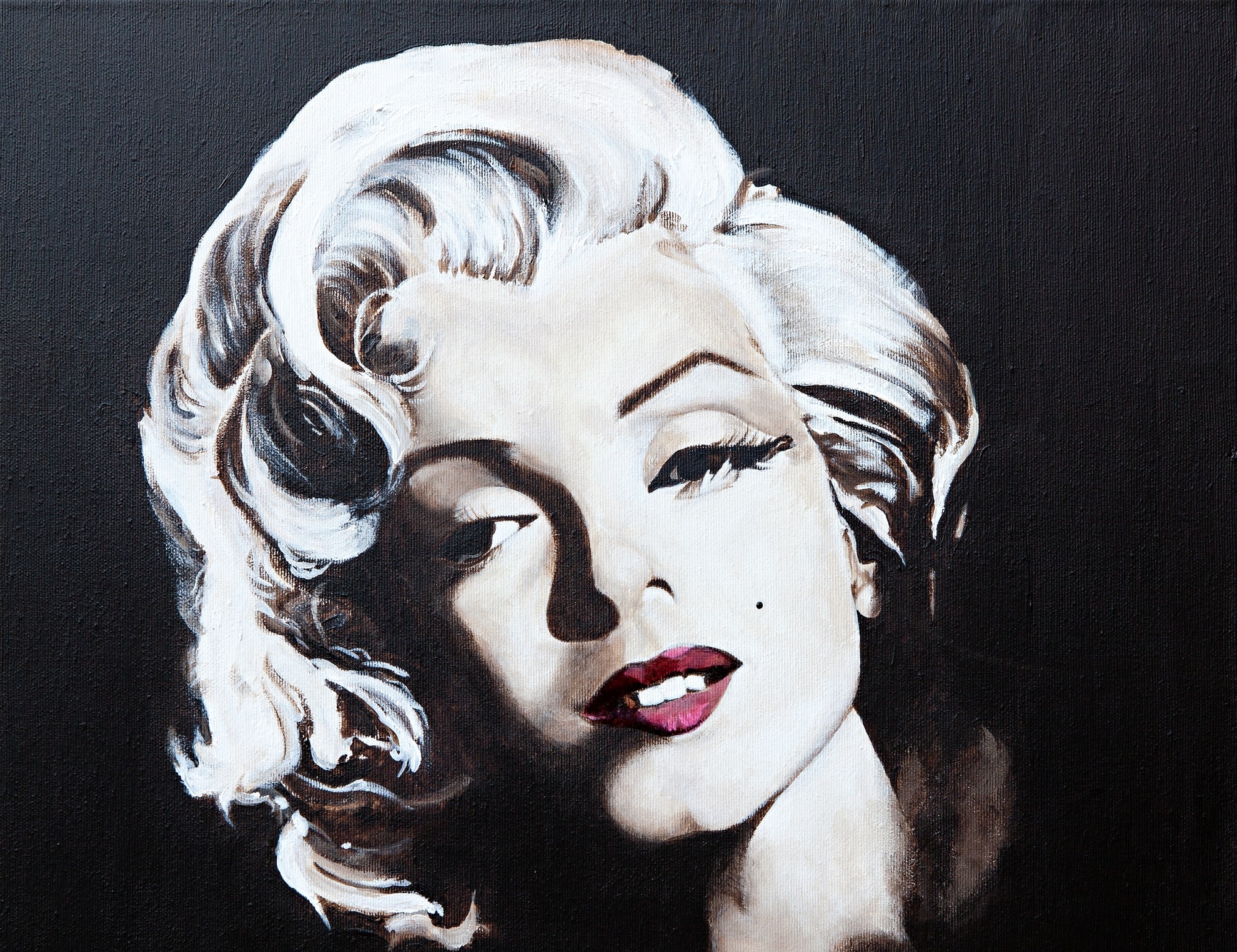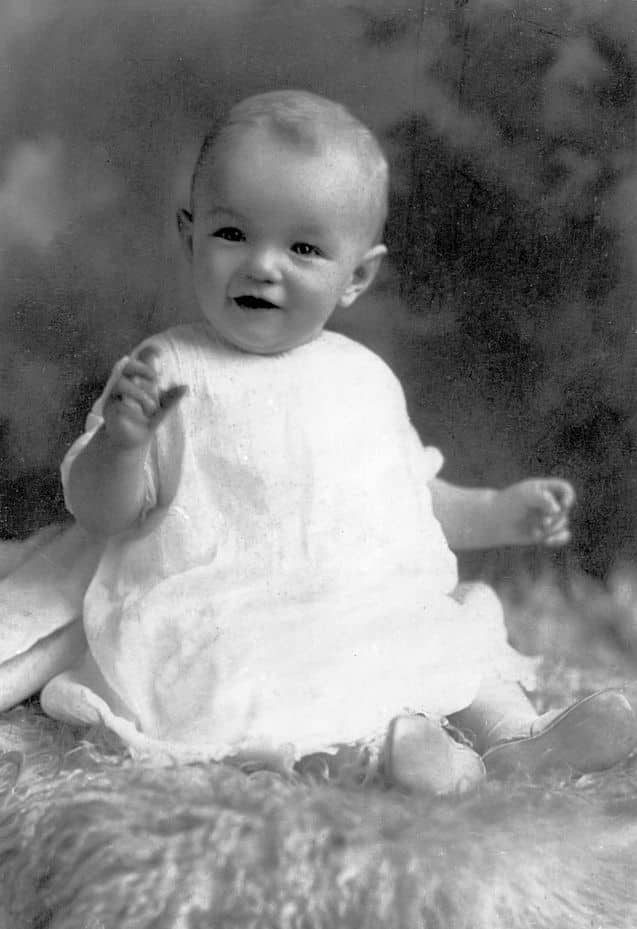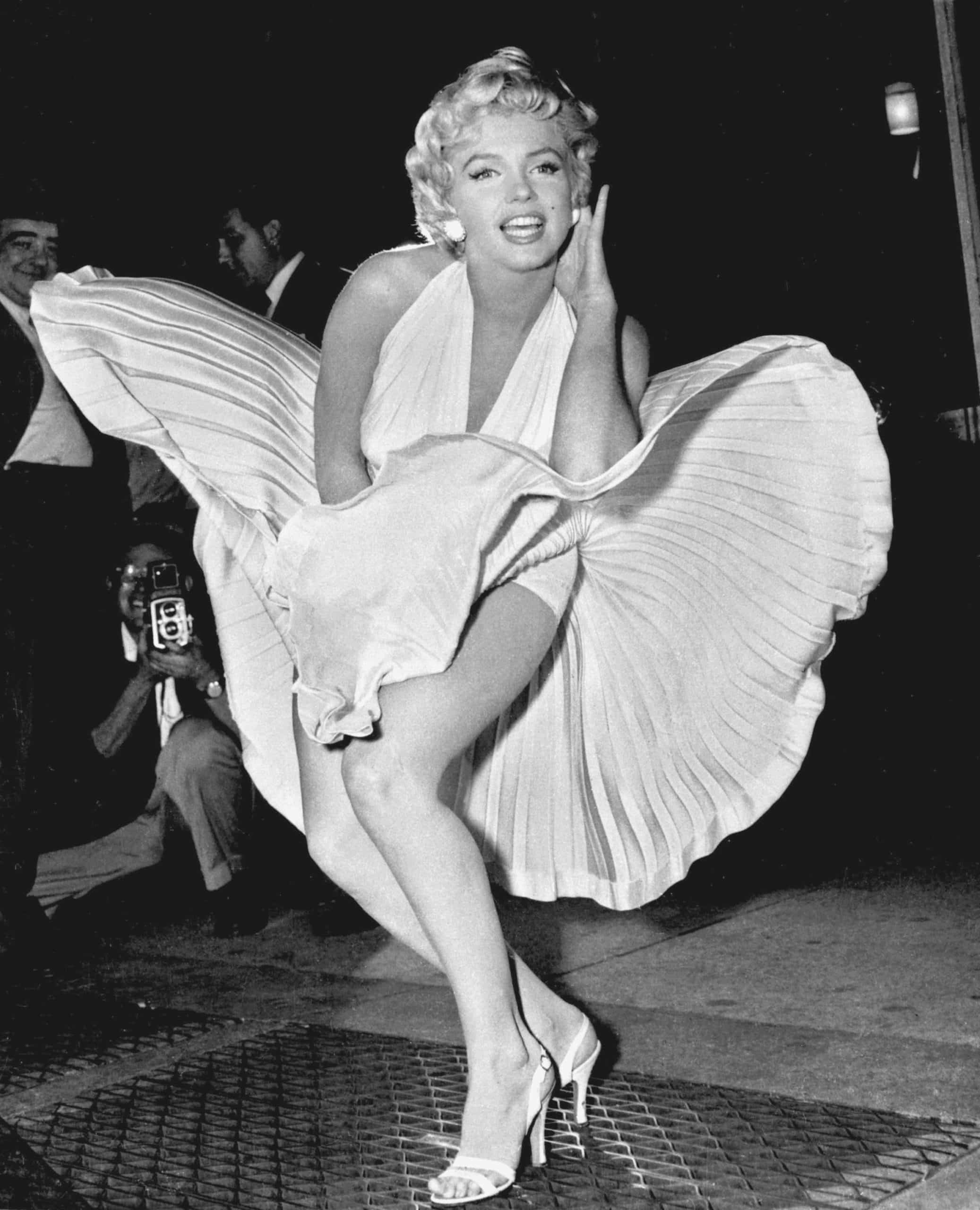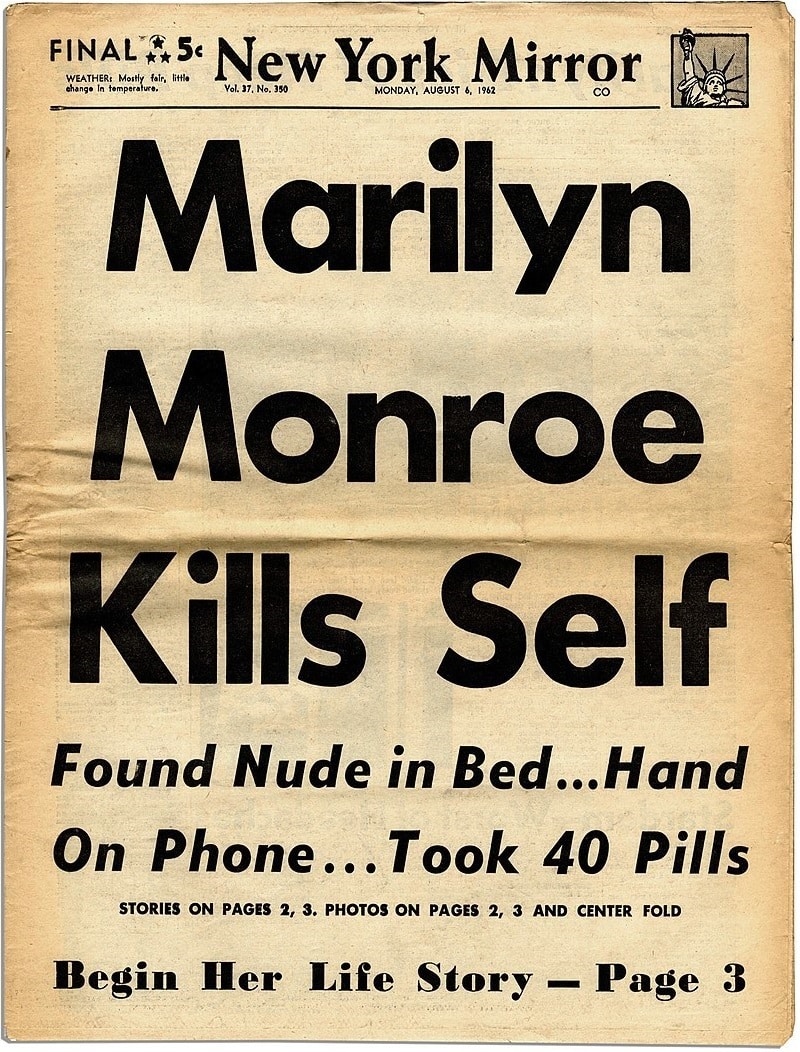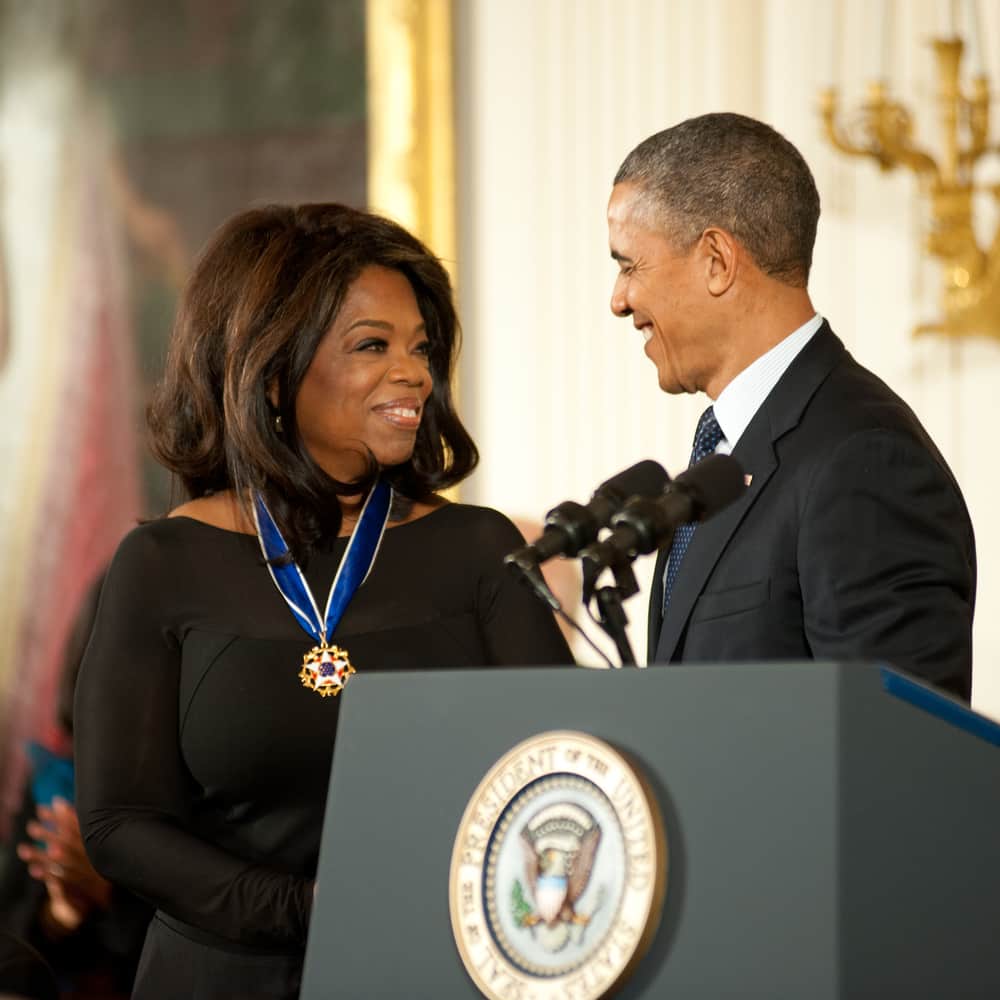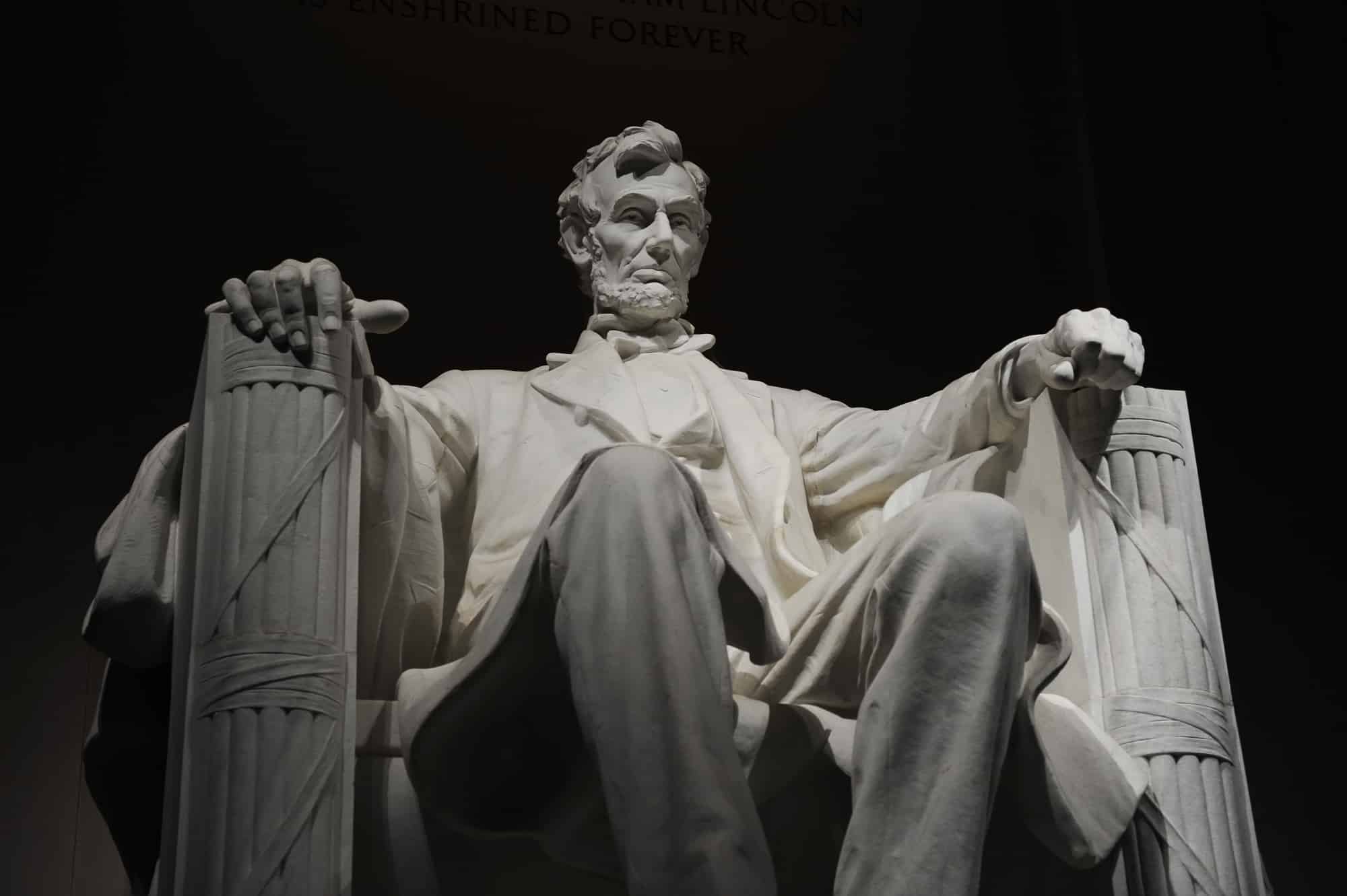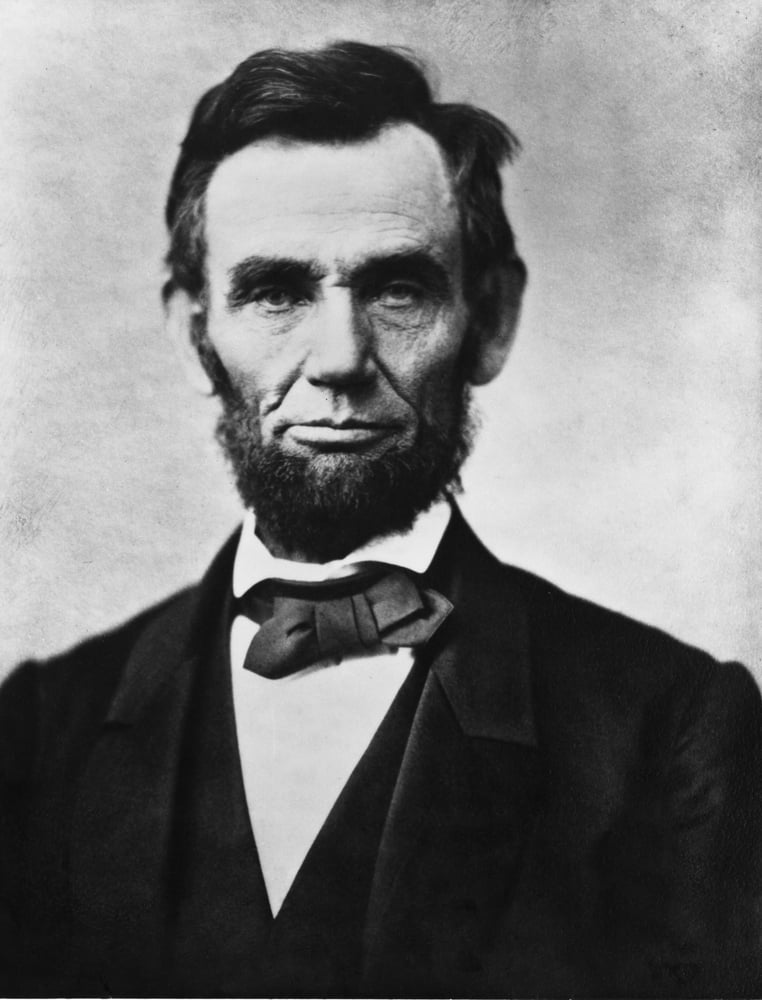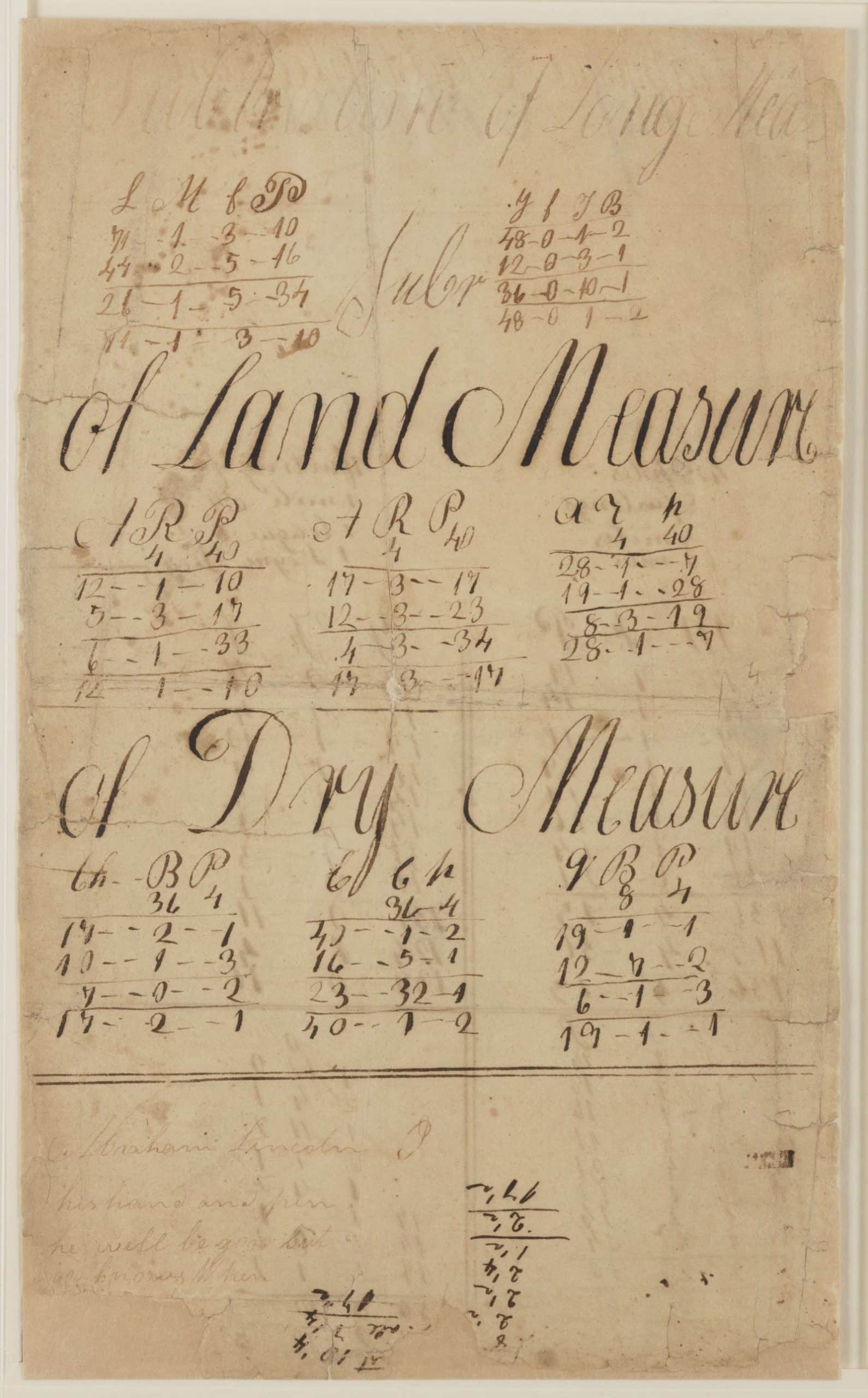In this biography of Bruce Lee, find out everything about Bruce Lee – His ethnicity, his reason for going to the USA, his controversial match with Wong Jack Man, and finally, how he became famous.
When he participated in the International Karate Championships in Long Beach in 1964, Bruce Lee did not think it would change his life. But the championship gave him a chance to meet William Dozier, who introduced Bruce Lee to the American audience. In the next few years, Bruce Lee would go on to star in several films, thanks to the television series produced by William Dozier. Simultaneously, he would train his body rigorously and develop his own martial arts style. His martial arts would soon become hugely popular and immortalize him as a legendary martial artist.
How did passion and perseverance make an ordinary man such as Bruce Lee immortal? Read this biography of Bruce Lee to find out.
Early life
Ancestors
Mozes Hartog Bosman, Bruce Lee’s great grandfather, was born in Rotterdam in the Netherlands in 1839. Bosman’s father was a Jewish butcher. But Bosman did not want to become a butcher like his father since he loved adventure. Therefore, he joined the Dutch East India Company when he was a teenager and traveled to Hong Kong.
In Hong Kong, Bosman slowly rose up the ranks, eventually becoming Netherland’s Ambassador to Hong Kong in 1866. Thus, in his early life, Bosman was extremely successful. But in the latter part of his life, he went bankrupt while trying to make money by exploiting Chinese workers. So, he married the daughter of a wealthy man and moved to England.
When he was in Hong Kong, Bosman had a Chinese concubine, with whom he had six children. His children would later grow up and become some of the wealthiest people in Hong Kong. Too bad Bosman didn’t stay in Hong Kong to witness that.
Ho Kom-tong
Among all his children, the one who looked the most Chinese was his son Ho Kom-tong. This gave rise to rumors that Ho Kom-tong was not born to Bosman, but to another Chinese man with whom Bosman’s wife had an affair. However, these rumors have not been proved. Moreover, children born to parents from two different races tend to look completely different from one another. So, we have to assume that Bosman is indeed the biological father of Ho Kom-tong.
Ho Kom-tong himself fathered many children. After all, Ho Kom-tong had 13 concubines and a British mistress, despite having a wife. His 30th child was a girl named Grace Ho, who was born to his English mistress.
Ho Kom Tong (Seated right), with his brothers – By Unknown author – Eric Hotung, Public Domain, Link
Parents
When she was 18 years old, Grace Ho fell in love with Lee Hoi Chuen, a Chinese opera singer and film actor in Hong Kong. So, she eloped with him, much to the dismay of her family. Grace and Lee had five children and, their first child, a girl, was adopted. Since Lee was an actor, he did several gigs in the USA. So, he traveled to the USA with his wife.
Birth
On November 27th, 1940, during one such travel, their fourth child was born in San Fransisco. This is the child that would later revolutionize the world by the name of Bruce Lee. Ironically, the name Bruce was not given to him by his parents or his relatives. It was given by a nurse in the hospital where he was born. His parents named him Jun Fan.
Bruce Lee with his parents, 1940 – By Unknown author – 搜房网电影人生, Public Domain, Link
Experiencing Racial discrimination
Jun Fan was born in the USA and has had US citizenship since birth. But he looked Chinese. Ironically, he was not completely Chinese either, since his great maternal grandfather was a Dutch Jew. Due to this mixed ethnicity, he would become a victim of racial discrimination throughout his life, both in China and the USA.
Childhood
Jun Fan came from an affluent family. His father was an Opera star, an actor, and also made money by renting out properties. Jun Fan himself had acted in a few films. His first film was the Golden Gate Girl, in which the two-month-old Jun Fan appeared as a newborn girl. His next film was at the age of six when he started doing supporting roles as a child actor. Bruce Lee’s first lead role was at the age of nine for a movie called ‘The Kid.’ By the time he was 18, he had already acted in 20 films, none of which were Kung Fu flicks.
Bruce Lee in ‘The Kid’ – By Elephantine Film Co. – Historical photo of Hong Kong, Public Domain, Link
Joining a street gang
But all the fame and money did not save Jun Fan from being bullied. At that time, Hong Kong was an island ruled by the British. Its streets were filled with refugees who fled communist China. Even though these refugees came to Hong Kong to lead respectable lives, some of them joined gangs that carried out organized crimes. So, due to their presence, the streets of Hong Kong became unsafe.
Jun Fan himself was often bullied by the English boys in the neighborhood. Therefore, when he was 12 years old, Jun Fan joined a street gang called the ‘Junction Street Eight Tigers’ to protect himself from bullying. He and his gang often carried chains and pens with knives hidden in them. Yet, Jun Fan preferred to use fists rather than weapons, just to show his gang that he was better than them.
Jun Fan become Bruce Lee
Since Jun Fan was from an affluent family, he joined high school at La Salle College, a prestigious Roman Catholic school. Since the medium of teaching was English, Jun Fan started using his English name, Bruce. Thus, when he was 12 years old, Lee Jun Fan became Bruce Lee.
Initially, when he joined the gang, Bruce Lee only wanted to protect himself from being bullied. But soon, he became a punk who went around looking for fights. His gang would often pick fights with British schoolboys in Hong Kong, who, according to them, were overly privileged.
Learning Wing Chun
Desire to learn martial arts
Even though his gang was always there to protect him, at times, Bruce Lee wondered what would happen to him if he got into a fight when his gang was not around. As fate would have it, he found the answer to that question soon enough. Just before he turned 13 years old, Bruce Lee got into a fight with an older student. This student, who knew martial arts, beat Bruce Lee thoroughly, making him feel helpless.
After the fight, Bruce Lee, who didn’t want to feel so helpless again, decided to learn martial arts. So, one of his gang members introduced him to Yip Man, the master of the Wing Chun style Kung fu.
Yip Man
Yip Man only taught advanced students personally, not beginners. So, initially, Bruce Lee was taught by Wong Shun-Leung at Yip Man’s martial arts school. The Chinese normally don’t teach their martial arts techniques to non-Asians. So, a year after Bruce Lee started training at the school, his fellow students refused to train with him because of his mixed ethnicity. But Bruce Lee showed keen interest in learning Wing Chun. So, Yip Man himself started training Bruce Lee personally.
Bruce Lee and Yip Man – Picture credits
Wing Chun is a form of martial arts that focuses on speed and accuracy instead of strength. Bruce Lee learned Wing Chun for a total of five years and became very proficient in it. But Wing Chun is not the only thing Yip Man taught Bruce Lee. He also taught him the concepts of Buddhism, Taoism, and Confucianism. While Buddhism emphasizes leading a simple life, Taoism emphasizes living in harmony with nature. Confucianism, on the other hand, emphasizes the importance of morals and personal values.
Winning boxing and dancing championships
Due to the training from Yip Man, Bruce Lee’s martial arts skills improved tremendously. As a result, in 1958, Bruce Lee won the Hong Kong schools boxing tournament. But that’s not the only championship he won that year. He also won Hong Kong’s Crown Colony Cha-Cha Championship the same year. Cha-Cha is a Cuban dance that is practiced internationally. Thus, by the time he turned 18, Bruce Lee was a meticulous martial artist, an excellent dancer, and an accomplished actor.
Bruce Lee’s aggression changes his life
Even though Bruce Lee was becoming a talented young man, his aggression was getting out of control. Despite Yip Man’s teachings of harmony and self-control, the teenage Bruce Lee’s aggression and love for fighting had not decreased. Moreover, his academic performance was getting worse too. So, he was transferred from La Salle College, a reputed private school, to a strict school. But even that did not stop him from being aggressive. On the contrary, his street fights became even more frequent. In one such fight in 1959, Bruce Lee beat up the wrong person, which completely changed his life.
Planning to go to the USA
When he was 19 years old, Bruce Lee ran into an opponent with an organized crime background. Even though the opponent was no match for him and Bruce Lee won easily, the opponent’s family became furious and started searching for him. Even a skilled martial artist like Bruce Lee wouldn’t stand a chance against a powerful criminal organization. So, fearing for their son’s life, Bruce Lee’s parents asked him to go to the USA.
Hong Kong was a familiar place for Bruce Lee, and he had many friends there. Moreover, he was the boxing and dancing champion. So, he was sure that he could build a better future if he stayed in Hong Kong. The USA, on the contrary, will be a completely new place. He had no friends there and would have to build his life from the beginning. So, Bruce Lee was initially reluctant to go to the USA. But ultimately, he gave up due to the pressure from his parents and agreed to go to the USA. He decided to become a dance master in America and make a living by teaching people Cha-Cha. So, in April 1959, with just $100 in his pocket, Bruce Lee boarded a steamship and set sail to San Fransisco, where his sister and family friends were.
Bruce Lee dancing Cha Cha – Image credits
En route to the USA
On the steamship, Bruce Lee’s ticket only gave him passage to the lower deck. But people soon heard that he was the Cha-Cha champion of Hong Kong. Therefore, the ship’s crew upgraded him to First class so that he could teach their first-class passengers Cha-Cha.
The USA
San Fransisco
After landing in San Fransisco, Bruce Lee stayed there only for a short period. During this time, he worked as a dance master teaching Cha-Cha.
Seattle
After a few months, he moved to Seattle to work as a waiter in the restaurant owned by Ruby Chow. Ruby Chow’s husband was a friend of Bruce Lee’s father. So, she gave him a job and living quarters.
Teaching martial arts to friends
By this time, Bruce Lee had already abandoned his passions for acting and dancing. Instead, he decided to finish his high school education, which he had abruptly ended in Hong Kong. So, he enrolled himself at the Edison Technical School. The same year, Bruce Lee also started teaching martial arts to his friends. He named his style of martial arts Jun Fan Gung Fu, which meant Bruce Lee’s Kung Fu. Even though it was called Jun Fan Gung Fu, he was actually teaching his own approach to Wing Chun.
College
One year later, Bruce Lee finished high school. Then, in 1961, he enrolled at the University of Washington and studied drama and philosophy. Even though Bruce Lee’s official major was drama, he was more interested in philosophy. During his time at the college, he wrote several essays linking martial arts techniques and philosophical principles.
Bruce Lee’s first Kung Fu school
While he was studying at the university, some of Bruce Lee’s friends, whom he taught Kung Fu, encouraged him to open a real Kung fu school and start charging minimal fees to support himself while studying. So, Bruce Lee opened the Lee Jun Fan Gung Fu Institute in Seattle in 1962. By 1963, his school was big enough that he could support himself only by teaching Kung Fu. So, he gave up working at the restaurant and doing other odd jobs.
Bruce Lee gets married
One of his students in 1963 was Linda Emery, a freshman at the university. Linda had seen Bruce earlier, when he had delivered guest lectures on Chinese philosophy, at her school. So, after joining the university, at the insistence of her Chinese friend, she started taking Bruce Lee’s Kung Fu lessons. Very soon, Bruce and Linda started dating, and in 1964, they got married.
Bruce Lee becomes a full-time Kung Fu teacher
After three years of college, Bruce Lee decided to become a full-time Kung Fu teacher. So, in 1964, he dropped out of college and moved to Oakland with his wife. He left his first Kung Fu school in Seattle in the hands of his assistant and opened the second one in Oakland along with another Chinese martial artist called James Yimm Lee. After all, Oakland and the nearby San Fransisco had many martial artists, and Bruce Lee was eager to work with like-minded individuals and expand his school.
The two important events
This biography of Bruce Lee would be incomplete without mentioning the two events that changed his life.
In 1964, after Bruce Lee moved to Oakland, two important events would occur, which would change his life forever. The first event, the controversial fight with another martial artist, would prompt him to improve his martial arts techniques. The second event, the Long Beach International Karate Championships, would make him famous.
The controversial fight
San Fransisco’s Chinatown
A Chinatown is a place outside China, Hong Kong, or Taiwan with a large concentration of Chinese people. San Fransisco has a Chinatown too. Before Bruce Lee came to San Fransisco, there were two major martial arts schools in Chinatown there. Each of these schools was headed by a revered master for more than two decades. Both these schools prohibited students from fighting on the streets. This was in stark contrast to the Hong Kong of the 1950s, where students from opposing martial arts schools often fought on the streets. So, Bruce Lee considered these schools in Chinatown ineffective and weak because their techniques were never tested in streetfights.
The brush with Chinatown
In 1959, immediately after he arrived at San Fransisco, Bruce Lee tried to prove to one of these Chinatown masters that his style was superior. Obviously, Bruce Lee’s comments were not taken lightly. A few months later, Bruce Lee moved to Seattle. But even after he moved to Seattle, he was very vocal about the inefficiency of the traditional Kung Fu styles.
An example of this can be found in the only book he wrote, ‘Chinese Gung Fu: The Philosophical Art of Self-Defence.’ This book, which Bruce Lee published in 1963, has a section called ‘Difference in Gung Fu Styles.’ In this section, Bruce Lee dismantles the techniques illustrated by one of these Chinatown masters in his earlier book. Then, he demonstrates how his style is superior to the slower, half-cultivated styles of that master.
Bruce Lee’s book, which was sold for $5 in Chinatown, led to disdain among Bruce Lee and other Chinatown masters. They considered him ‘a dissident with bad manners,’ and he considered them ‘old tigers with no teeth.’
Public demonstrations belittling Chinatown masters
In 1964, Bruce Lee moved to Oakland, which was very near to San Fransisco. By this time, his contempt for traditional styles had increased, and he had become even more vocal about it. He started giving public demonstrations, explaining why his style was superior and would work in a streetfight. Then, he would methodically explain why other traditional styles wouldn’t work in a streetfight.
Once, during such a demonstration at the Sun Sing Theater in the heart of San Francisco’s Chinatown, Bruce delivered a one-inch punch to a spectator. But instead of being knocked back, the spectator stood still. Even though Bruce Lee knocked the spectator back with a second one-inch punch, the spectator claimed that he wasn’t prepared for a second punch. So, the crowd started laughing and booing at Bruce Lee. This annoyed Bruce Lee, who invited anyone on to the stage, who thought he was better than him. He then announced that he was the best man on the stage and in San Fransisco and would welcome anyone who thinks otherwise for a duel.
Wong Jack Man
In 1963, around the time when when Bruce Lee’s book was published, another martial artist named Wong Jack Man showed up in Chinatown. Unlike Bruce’s Wing Chun, which specialized in short-range combat, Wong’s style focused on acrobatic long-range attacks.
The controversial fight
As Wong was slowly becoming famous in Chinatown, in 1964, due to unknown reasons, he fought against Bruce. This fight between two 23-year old martial artists from Hong Kong happened in closed quarters with only a handful of witnesses. Therefore, there are two versions as to what caused the fight and what happened in it.
Bruce Lee’s side of the story
According to Bruce and his wife Linda’s version, Chinatown was not happy when their school started attracting many non-Chinese students. So, they asked him to stop teaching non-Chinese students. When he refused to comply, they sent Wong Jack Man to fight against Bruce Lee. They said that if he won, he could teach anyone he wanted, but if he lost, he had to shut his school down. Bruce Lee commented that the paper given to him had the names of popular Chinatown masters, but he wasn’t afraid. So, the fight, which was a no-rules-barred match, where anyone could hit anywhere, began.
According to Linda, there were thirteen people in the room. According to her, the fight lasted only three minutes, during which time Bruce completely dominated Wong. The fight ended when Wong started running, and Bruce pounced on him and pinned him to the ground. Wong was already beaten badly and was completely demoralized. So, he surrendered immediately when Bruce Lee pinned him to the ground.
Bruce Lee later revealed in an interview that even though he had won the fight against an unnamed opponent, he was disappointed that he couldn’t end the fight sooner and that his hands hurt from hitting his opponent’s head repeatedly as he ran. Moreover, according to Linda, Bruce Lee also ended up tired at the end of the fight. This proved to him that Wing Chun wasn’t as effective as he thought it was. He also realized that Wing Chun had very few kicking techniques. So, Bruce Lee decided to improve his techniques. Therefore, he abandoned his Wing Chun Style, which took several years to learn, and created his own style.
Wong Jack Man’s side of the story
According to Wong Jack Man, he invited Bruce to a fight only because of Bruce’s open declaration that no one in San Fransisco could beat him. Bruce insisted on fighting in a closed room and keeping the results secret. So, they fought inside a closed room. According to Wong, there were just seven people.
Wong had expected the fight to be serious but sportsmanly. So, he tried to set up some safety rules for the fight. However, Bruce intended it to be a no-rules-barred fight. Moreover, when Wong attempted to shake hands with Bruce, Bruce aimed to hit Wong’s eyes. Thereafter, Bruce repeatedly used attacks aimed at Wong’s eyes, throat, and groin.
Wong was left to defend himself because it was obvious to him that Bruce was trying to kill him. Yet, Wong refrained from using his signature deadly kicks, which were his strongest weapons, because he was afraid to go to prison if he ended up killing Bruce. For the same reason, he also refrained from delivering a decisive blow, even though he had Bruce’s head locked under his left arm three times. On the contrary, Bruce came back at him more ferociously every time Wong released the headlock. According to Wong, the fight lasted for 20-25 mins and ended when finally Bruce became exhausted.
Accounts from eyewitnesses
Bruce’s version had two witnesses, his wife and his friend James Lee, who had brought a gun, in case the fight got out of hand. Wong’s version, too, had a witness, even though nobody saw him locking Bruce Lee’s head under his left arm.
Facts supporting Bruce Lee’s version of the story
The biggest piece of evidence supporting Bruce’s version is that Wong said the fight lasted for 20-25 mins. Despite both of them being Kung Fu masters in their own right, who might have had extraordinary stamina, a fight lasting for 20-25 mins seems too far fetched to be true.
Facts supporting Wong’s version of the story
The biggest piece of evidence supporting Wong’s version was the fact that a mutual friend saw Wong working at a Cafe the very next day. The only change he could see was a scratch above one eye, which Wong claimed was inflicted during the handshake. If Bruce had indeed beaten up Wong so badly, how could he go to work the very next day?
Three weeks later, Bruce gave an interview claiming that he had beaten an unnamed challenger. In return, Wong published his own version of the fight in a Chinese newspaper and invited Bruce for a public rematch, if he wasn’t satisfied with Wong’s account of the fight. However, Bruce, who always responded to provocations, never responded.
Moreover, some people claim that Bruce Lee also tried to learn Kung Fu from Wong’s master but was rejected. Why would he try to learn a style of martial arts, which he himself deemed was unworthy?
According to Linda, the premise for the fight was that the Chinatown masters were against Bruce Lee teaching non-Chinese students. However, no proof supporting Linda’s accusations were found. Moreover, these 2 Chinatown masters, whom she accused, already had a handful of non-Chinese students, and Wong himself was not against teaching non-Chinese students.
According to Bruce Lee, the fight against a worthy opponent didn’t go as he had planned. Moreover, the victory was clumsy and not quick enough. But are these reasons strong enough for him to abandon his fighting style and put his body through strenuous training for the next ten years to develop his own style?
The ultimate result – The birth of Jeet Kune Do
Thus, each side has its own arguments, and one side may appear more convincing than the other. Yet, it is impossible to know what exactly happened that day. But one thing is obvious. Whatever happened behind those closed doors prompted Bruce Lee to abandon Wing Chun. It compelled him to learn other martial arts and eventually create his own martial art called Jeet Kune Do.
Bruce Lee wanted Jeet Kune Do to be practical, quick, flexible, and efficient. So, he integrated weight training, running, stretching, and boxing techniques into it.
Long Beach International Karate Championships
After Bruce Lee came to Oakland in 1964, James Lee introduced him to an American martial artist, who invited Bruce Lee to Long Beach International Karate Championships. In the championship, Bruce Lee demonstrated his two-finger push-ups and one-inch punch and dueled other martial artists.
William Dozier
Bruce Lee’s techniques impressed many people in the audience. One of those people he impressed was a hairstylist, whose customers were famous movie stars. A few nights after watching the match, the hairstylist told his customer, a film-producer called William Dozier, about Bruce Lee’s spectacular demonstrations. So, William Dozier obtained a copy of the video made during the demonstration. After watching the video, he invited Bruce Lee to act in a television series.
Bruce Lee’s first American television series
Bruce Lee had given up acting and dancing five years ago to focus on teaching Kung Fu. But in 1964, he came to a dilemma. He had already set up two schools. He wanted to set up more schools. But he was afraid that if he set up too many schools, he won’t be able to control the quality of teaching.
So, when William Dozier offered him a chance to appear in front of the camera, Bruce Lee took it. He decided to focus on acting and see if it would turn into a productive career. After all, if it turned into a successful career, he could showcase his talent to the entire world.
Publicity photo for The Green Hornet – – eBay itemphoto frontphoto back, Public Domain, Link
Thus, in 1966, Bruce Lee’s acting career in America began. His first television series was never aired. But his second television series, ‘The Green Hornet,’ in which Bruce Lee played Hero’s assistant, was an instant hit. It was the first popular American show that showcased Asian-style martial arts.
Difficult times
Children
For the next few years, acting opportunities were scarce for Bruce Lee. But his family was getting bigger. His son Brandon was born in 1965, and in 1969 his daughter Shannon was born. So, between 1967 and 1971, Bruce Lee tried to procure acting opportunities. Meanwhile, he gave private Jeet Kune Do classes to wealthy people from the entertainment industry to support his family.
A severe injury
After his controversial fight with Wong Jack Man, Bruce Lee had committed himself to healthy nutrition and intense training. However, it would eventually come to bite him in the back. One fine morning in 1970, Bruce Lee lifted a 57kg barbell without a warmup and injured his back. His injury was so severe that he was told he would never be able to do Kung Fu again. However, defying everyone’s beliefs, after staying in bed for six months, Bruce Lee created his own recovery program, gradually built up his strength, and started practicing martial arts once again.
Bruce Lee becomes a successful actor
Until now, Bruce Lee was only getting supporting roles in movies. He couldn’t get any major roles. So, in 1970, after recovering from his back injury, Bruce Lee traveled to Hong Kong.
Upon landing in Hong Kong, Bruce Lee realized that his show ‘The Green Hornet’ was a big hit there. People in Hong Kong hailed him as a big hero. This made him believe that he could become a successful actor there. So, when the Hong Kong production company Golden Harvest tried to sign him up for two movies, he agreed.
Films
The first film, The Big Boss, was released in 1971. It was the highest-grossing Hong Kong film. Made with a tight budget of $100,000, it grossed $50 million worldwide, 500 times its original investment. The next film, Fists of Fury, released in 1972, was an even bigger hit. Made with a tight budget of $100,000, it grossed $100 million worldwide.
Now that Bruce Lee had become a very successful actor, he created his own production company called Concord productions, in partnership with Raymond Chow. The next film, Way of the Dragon, which Bruce Lee produced, directed, wrote and starred in, was an even bigger hit. It made $130 million worldwide, almost 1000 times its original investment.
His final movie
In 1972, Bruce Lee started filming for Game of Death. While he was filming for the movie, Warner Bros gave Bruce Lee an offer to star in the movie Enter the Dragon. Since it was the first Kung Fu film produced by a Hollywood studio, and also since the budget, $850,000, was too high for a movie of that genre, Bruce Lee accepted the offer.
Death
This film was also a big hit, which grossed more than $350 million worldwide. But even though the film broke many records, Bruce Lee did not live to see it. Just one month before the movie was released, on July 20th, 1973, Bruce Lee was found dead.
How did Bruce Lee die?
Two months earlier, Bruce Lee had suddenly collapsed while filming the movie Enter the Dragon. When taken to the hospital, Bruce Lee suffered from headaches and seizures. Doctors diagnosed his condition as Cerebral Edema, in which the excess fluid in the brain leads to swelling and pain. The doctors treated him immediately, and Bruce Lee returned to his normal life soon after.
On July 20th, 1973, after meeting the producer Raymond Chow, Bruce Lee went to the house of his mistress and Taiwanese actress Betty Ting Pei. After spending several hours with her alone, he complained of a headache. So, Betty gave Bruce a common painkiller containing aspirin. Even after a few hours, Bruce Lee did not come down. So, Betty went up to check on Bruce. Upon finding him unresponsive, she called producer Chow, who couldn’t wake him up either. So, they sent for a doctor. When even the doctor couldn’t wake him up from his unconscious state, they sent him to a hospital in an ambulance. By the time Bruce Lee reached the hospital, he was dead.
After his death, many conspiracy theories have popped up regarding the cause of his death. However, the real reason for his death was an allergic reaction caused by the painkiller. The painkiller caused a buildup of fluid in Bruce Lee’s brain, increasing its size by 13%. As a result, Bruce Lee fell into a coma and died.
Did Bruce Lee really die because of an operation?
Bruce Lee thought that sweaty armpits looked bad on screen. So, several months before his death, Bruce Lee had surgery to remove sweat glands from his armpits. Then, on May 10th, 1973, he fainted on the hot sets of the film ‘Enter the Dragon’ when the air conditioning was switched off. Even though he was diagnosed with cerebral Edema, it might have been caused due to heatstroke, which kills athletic young men in the USA. Moreover, the risk of having a heatstroke increases if the person had had it before.
On the day of his death, Bruce Lee was excited and extremely active while acting. After a few hours, he felt extremely thirsty and slightly dizzy before getting a headache. So, even though he died because of Cerebral Edema, it was probably caused because of the heat. The probability that Bruce Lee died due to heatstroke only increases due to the fact that the day of his death also happens to be the hottest day of July that year in Hong Kong. So, the operation to remove his sweat glands in his armpits reduced his body’s ability to dissipate heat and might have ultimately killed him.
Facts you probably didn’t know
- Jackie Chan worked as a stuntman on Bruce Lee’s films Enter the Dragon and Fist of Fury. He would often act injured just to speak to Bruce Lee.
- Bruce Lee often took multiple takes while filming because the cameras back then couldn’t capture his lightning-fast attacks. Many times, his opponents wouldn’t even have time to react. The early shots of the television series Green Hornet were refilmed several times because Bruce Lee’s attacks were so fast that it appeared like his opponents fell down while Bruce Lee did nothing.
- The Bruce Lee Foundation, founded by his daughter Shannon Lee, gives scholarships and martial arts training to youth in California.
- Bruce Lee faced discrimination due to his mixed ethnicity. So, when he opened a martial arts school, he provided training to people from all races and genders.
- Even though Bruce Lee’s attacks were extremely fast, his eyesight was terrible. He suffered from nearsightedness. So, he became one of the first people to wear contact lenses. But he later stopped it because it was uncomfortable.
- Bruce Lee admired Muhammad Ali and wanted to fight him. He even adopted some moves of Muhammad Ali into his own martial arts style.
- Bruce Lee might have been one of the strongest men on land. But at sea, he couldn’t even swim.
- He charged $275 an hour in the 1960s for private lessons.
- A few years after his death, the Golden Harvest production company released Bruce Lee’s last film, ‘The Game of Death.’ Bruce Lee had only filmed 40 minutes of the film before his death. So, it was unfinished when he died. Therefore, Golden Harvest used other actors, scenes from his other films, and even footage from Bruce Lee’s funeral to finish the movie.
- Bruce Lee is considered the father of Mixed Martial Arts (MMA).
What can you learn from the biography of Bruce Lee?
We hope that this biography of Bruce Lee helped you learn more about Bruce Lee. Bruce Lee died at the early age of 32. But what he achieved within his lifetime is not easy to contemplate. Even though he came from an affluent family, his rise from a bullied boy to a world-renowned martial artist and actor was due to his own efforts. His accomplishments exposed Chinese martial arts to the entire world. Even after his death, Bruce Lee continues to motivate thousands of people to learn martial arts. So, whenever everything goes against you, and you feel like giving up, read this biography of Bruce Lee. More importantly, remember what Bruce Lee said:
“Do not pray for an easy life. Pray for the strength to endure a difficult one.” (Source)
If you liked this biography of Bruce Lee, you might like the following biographies as well:
